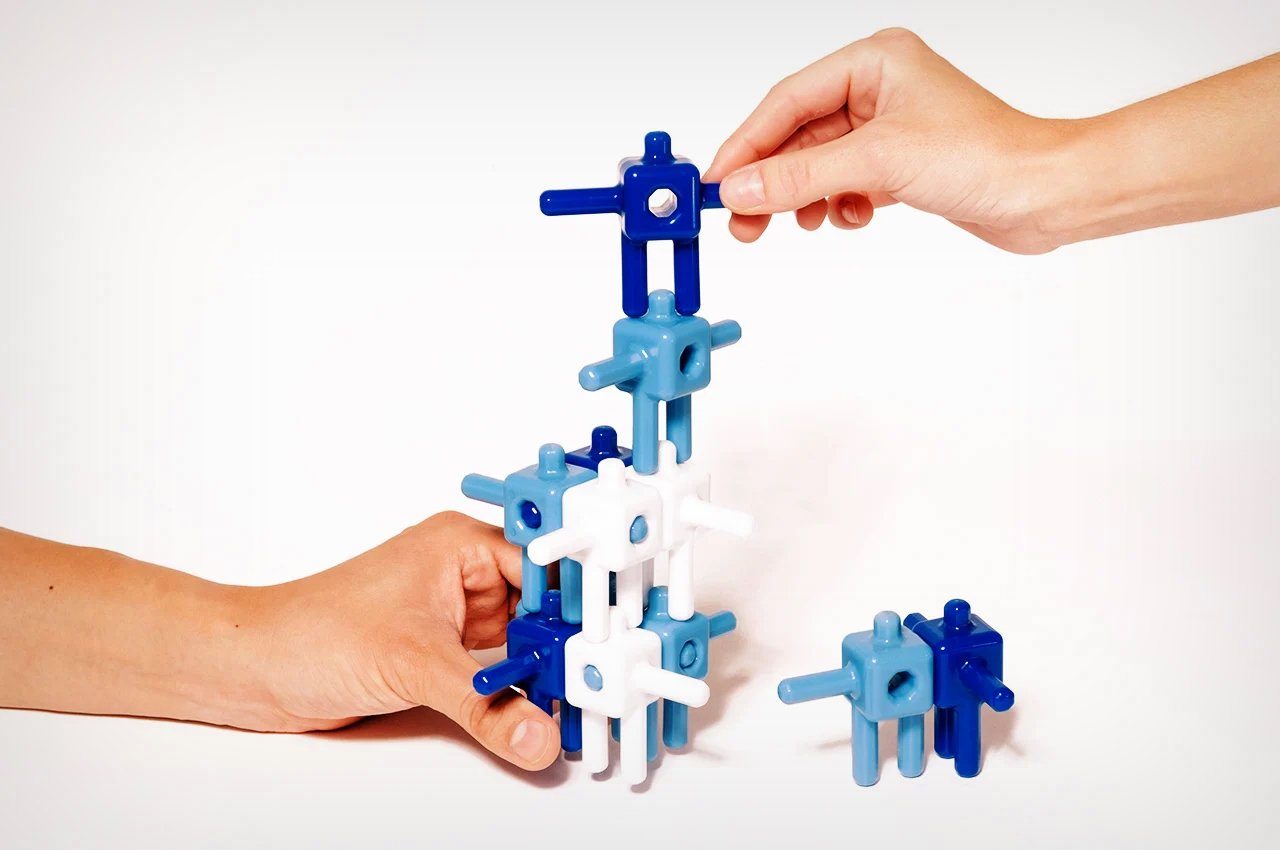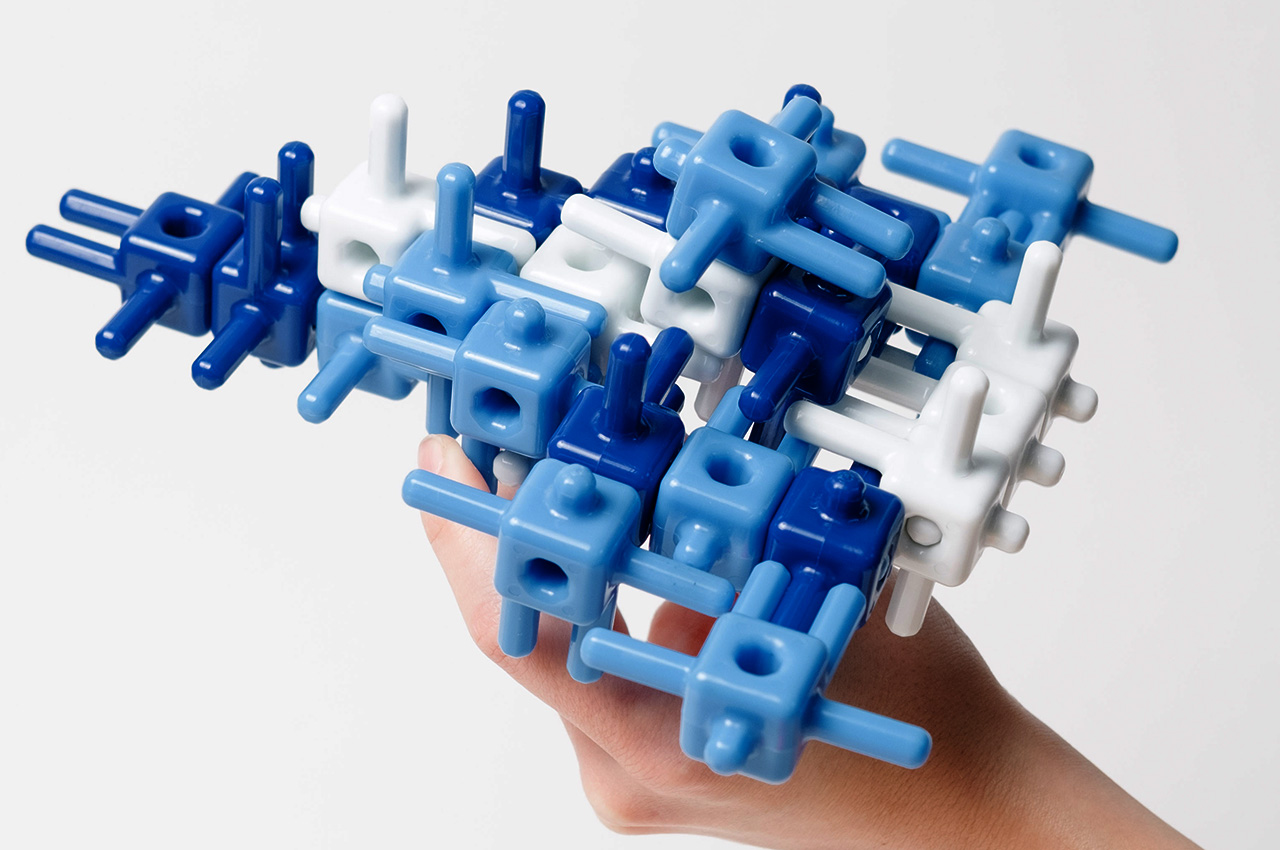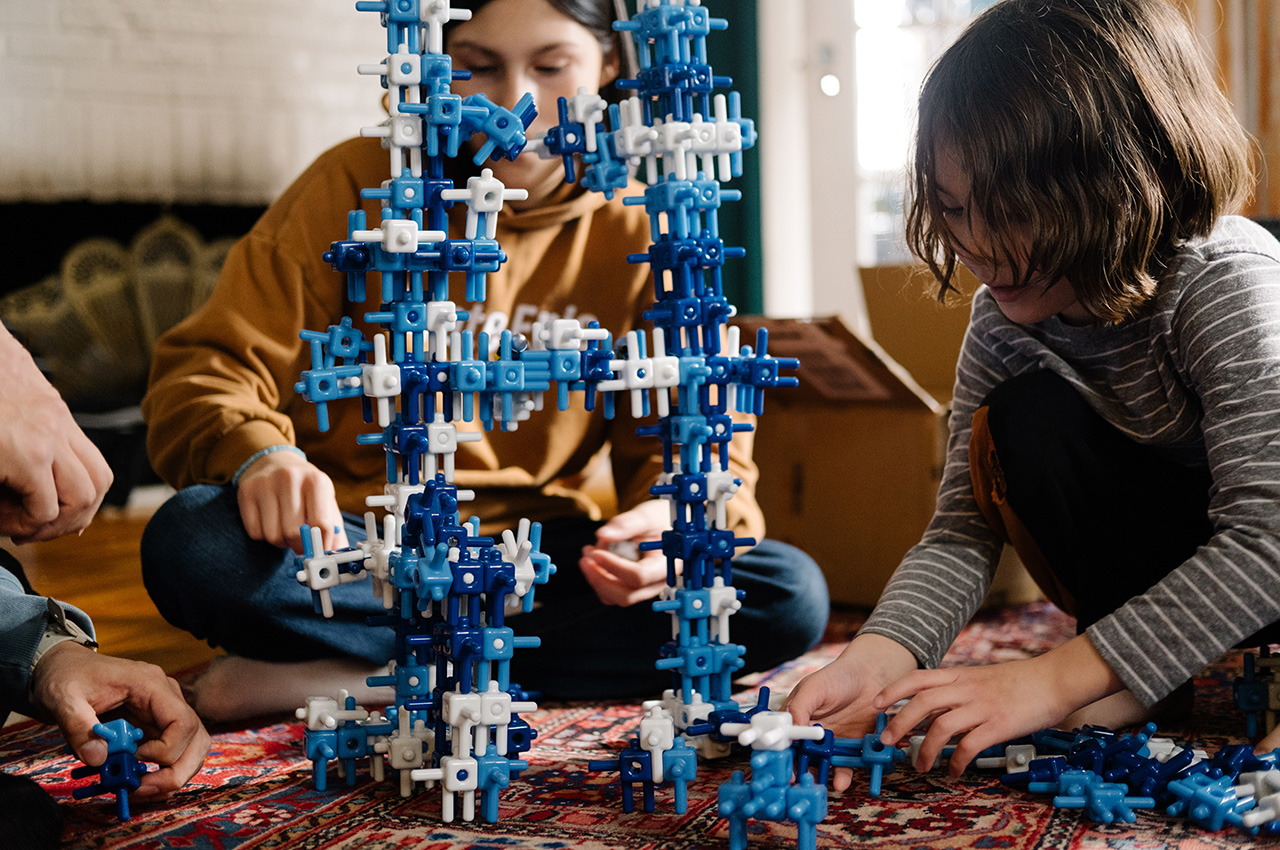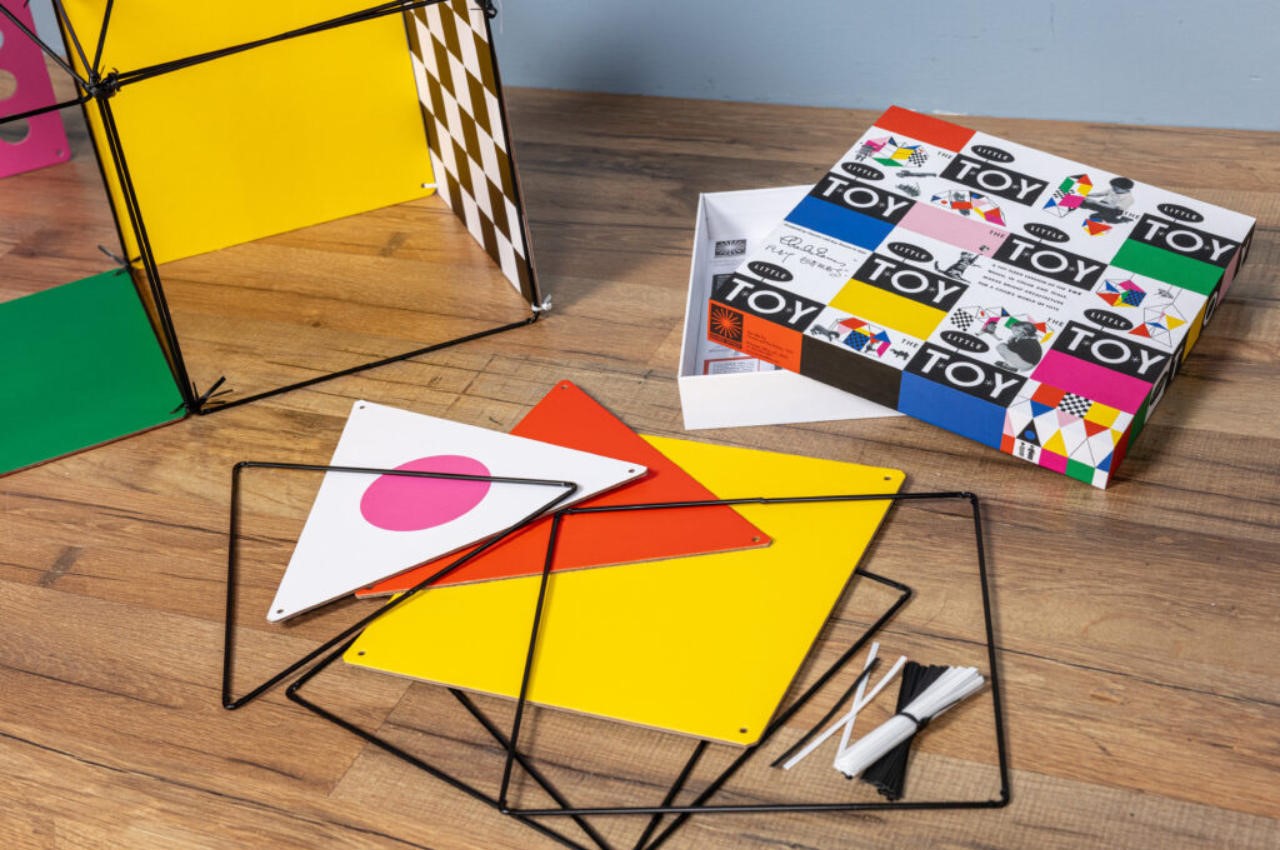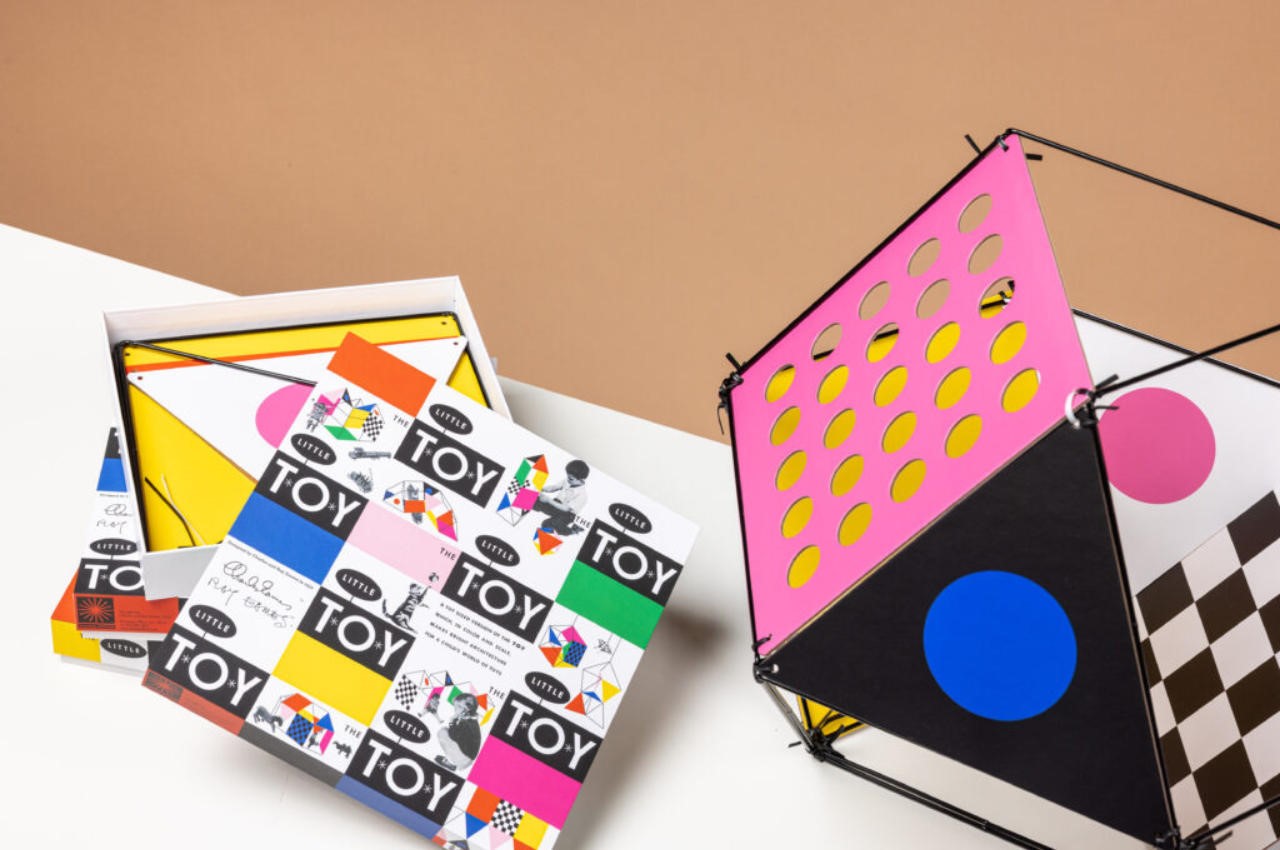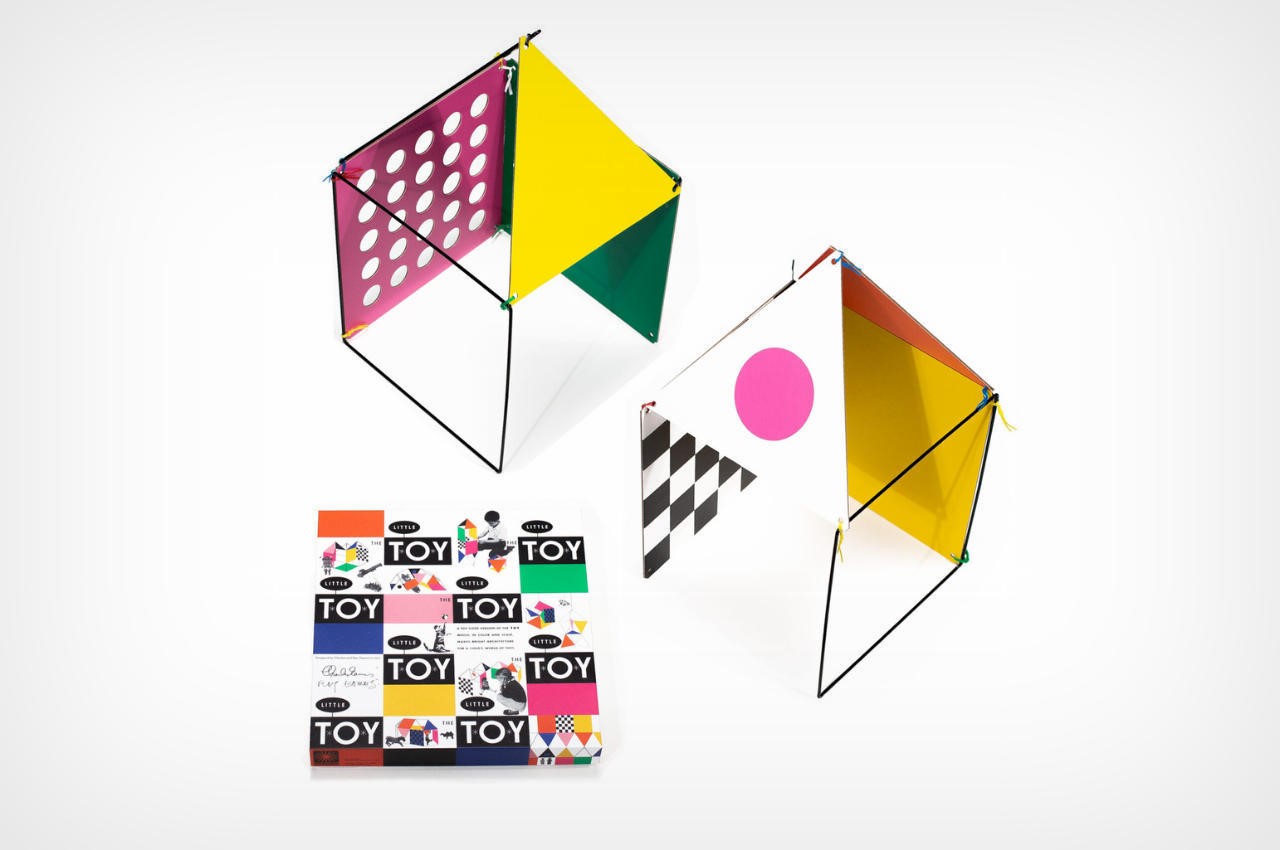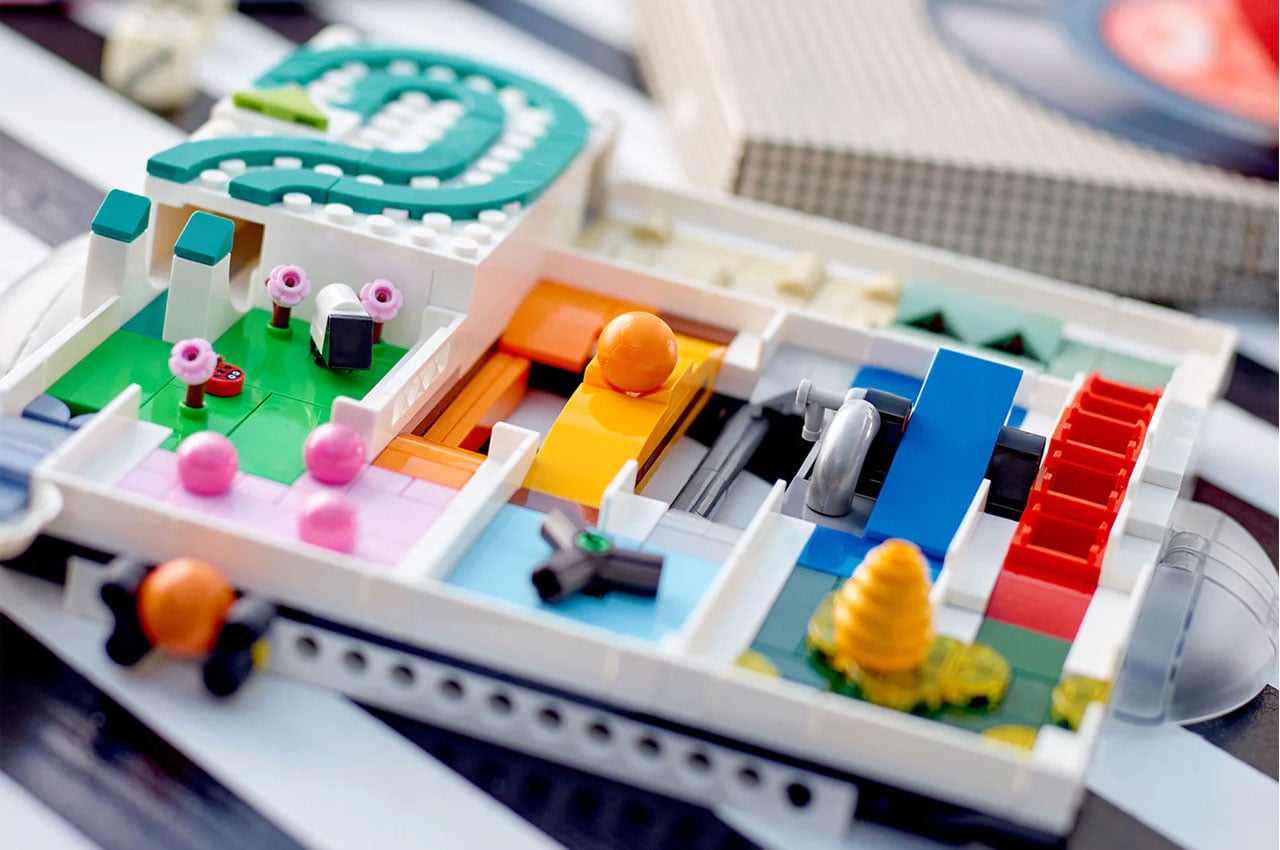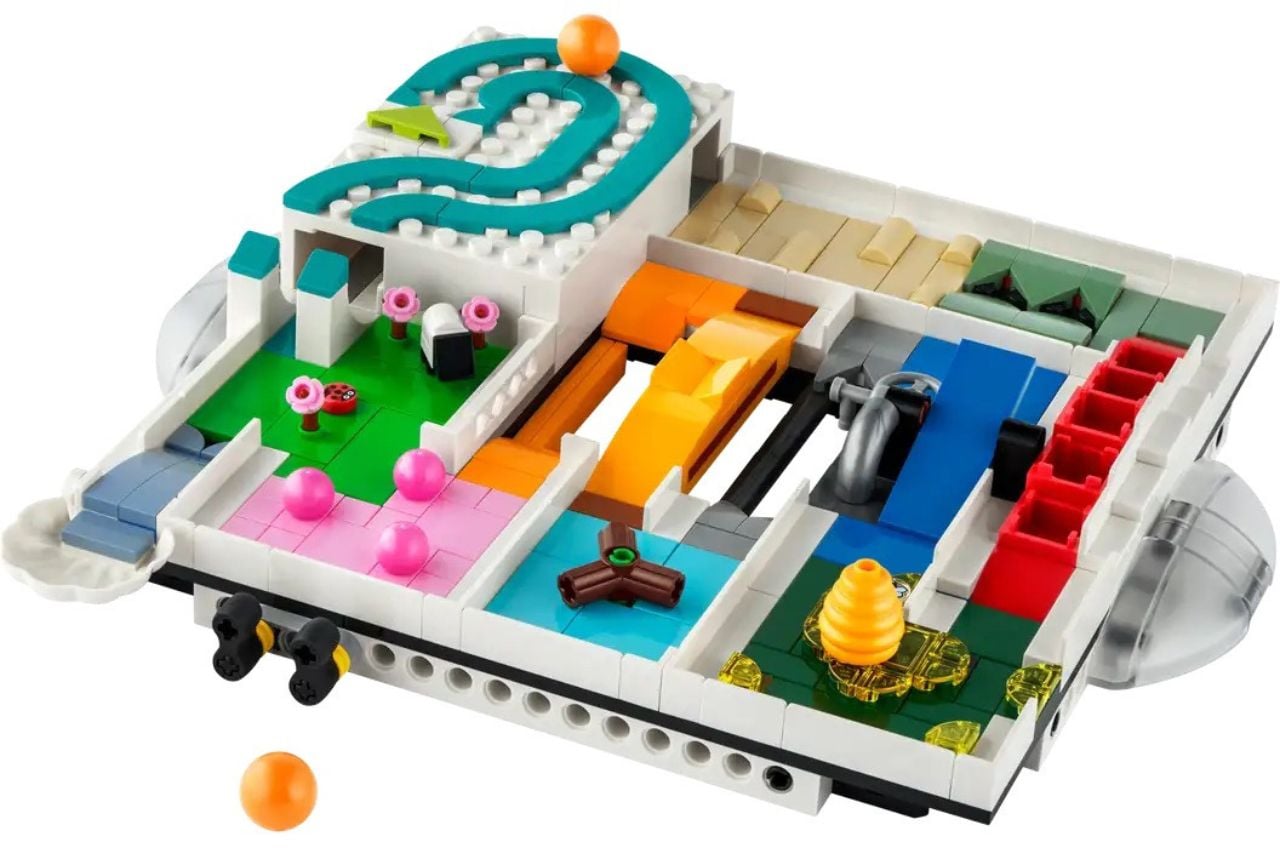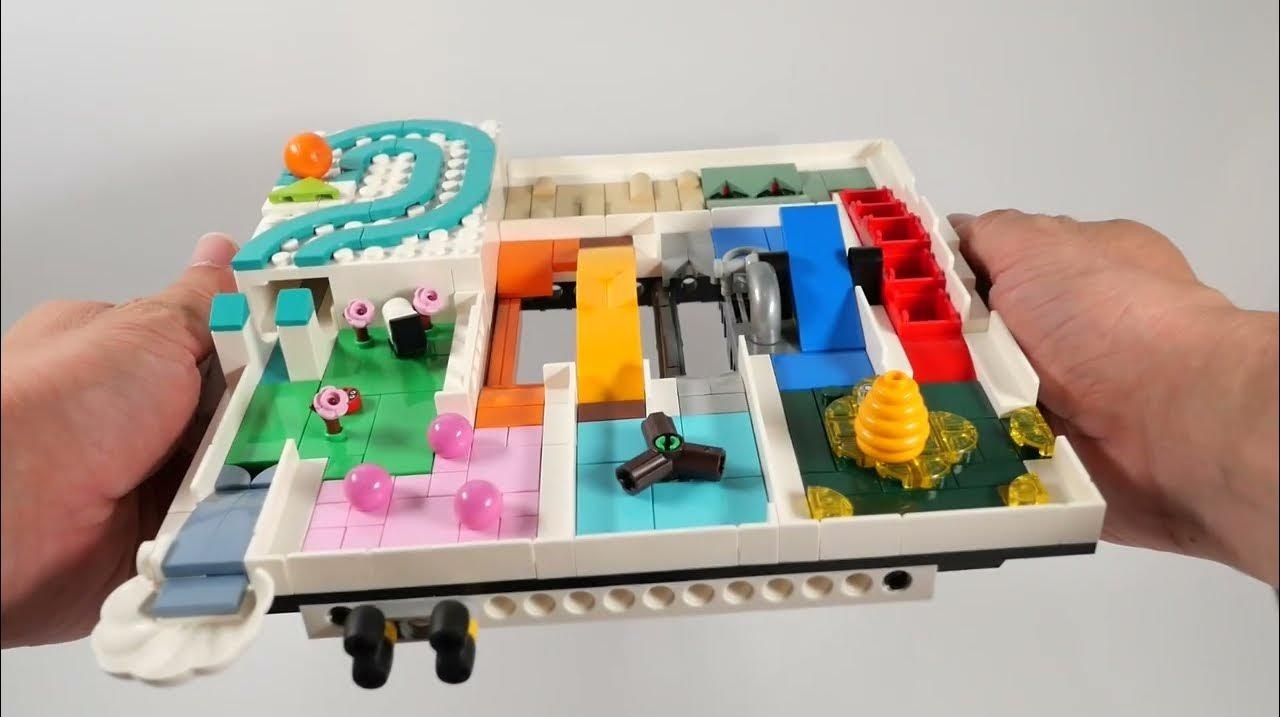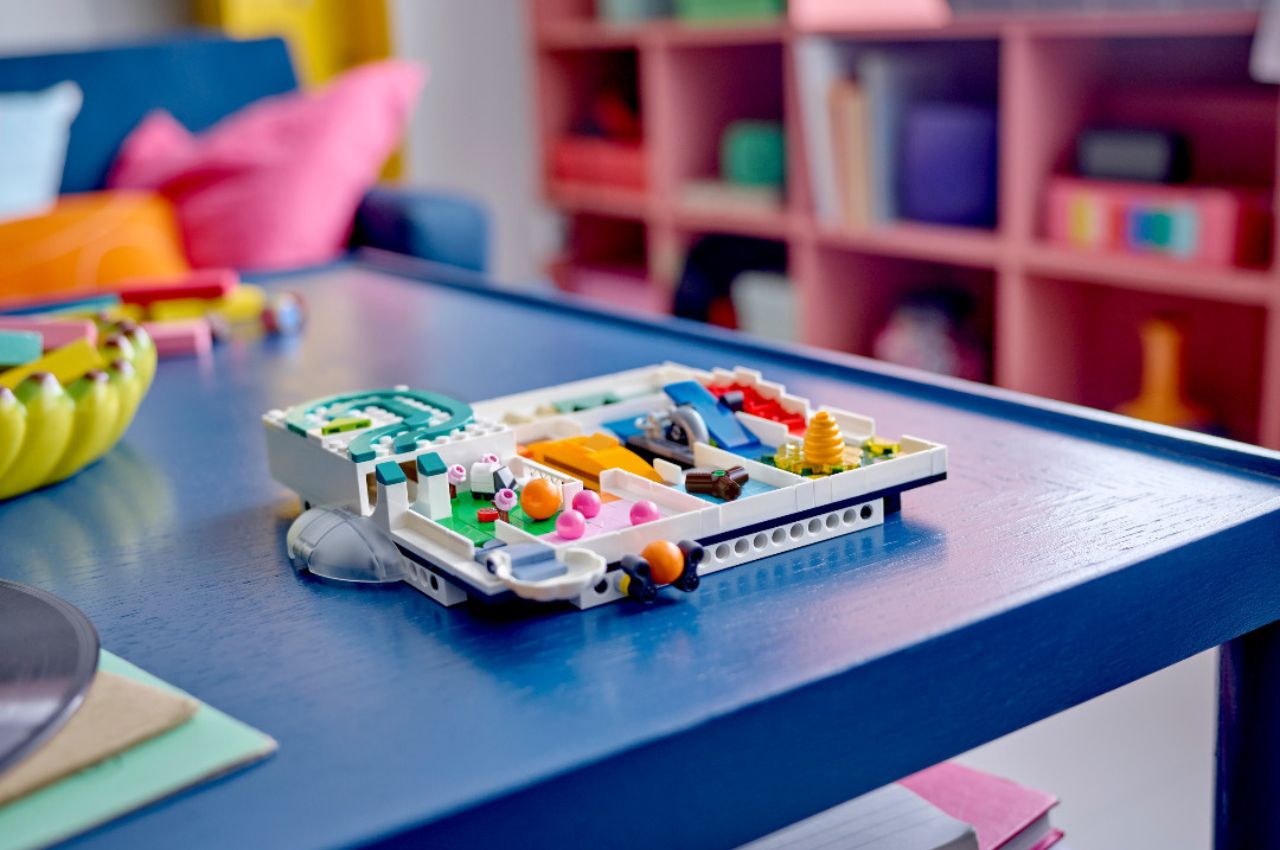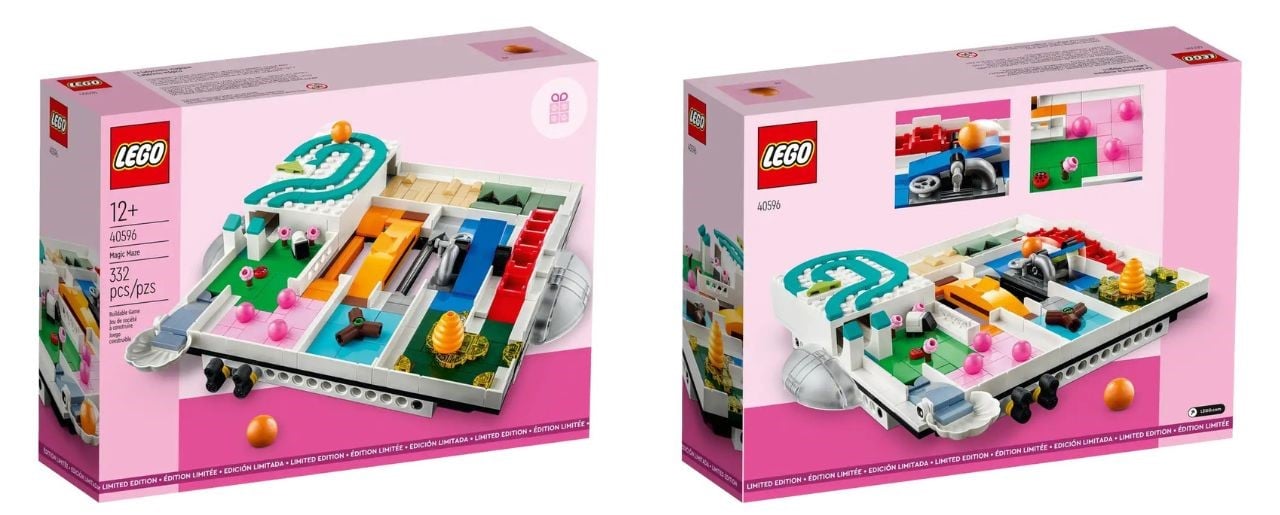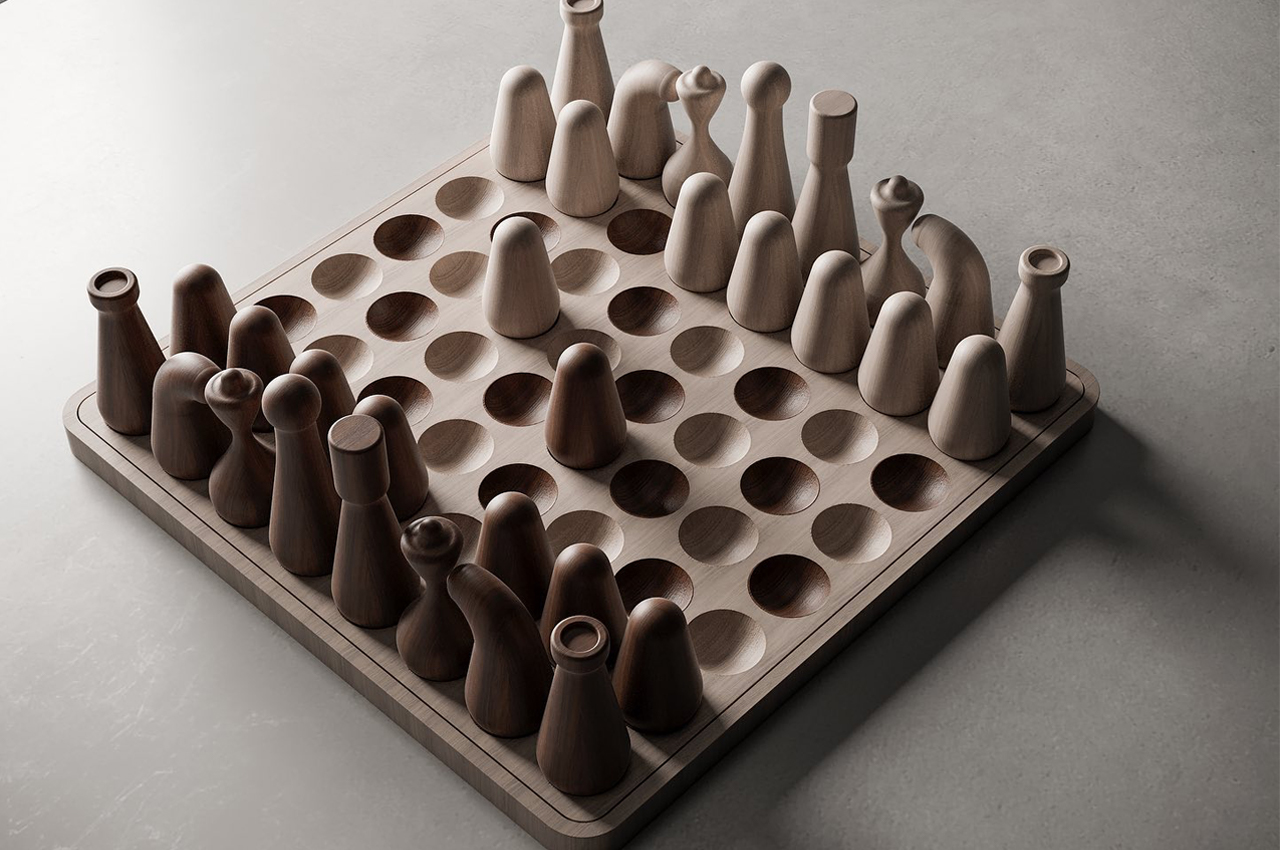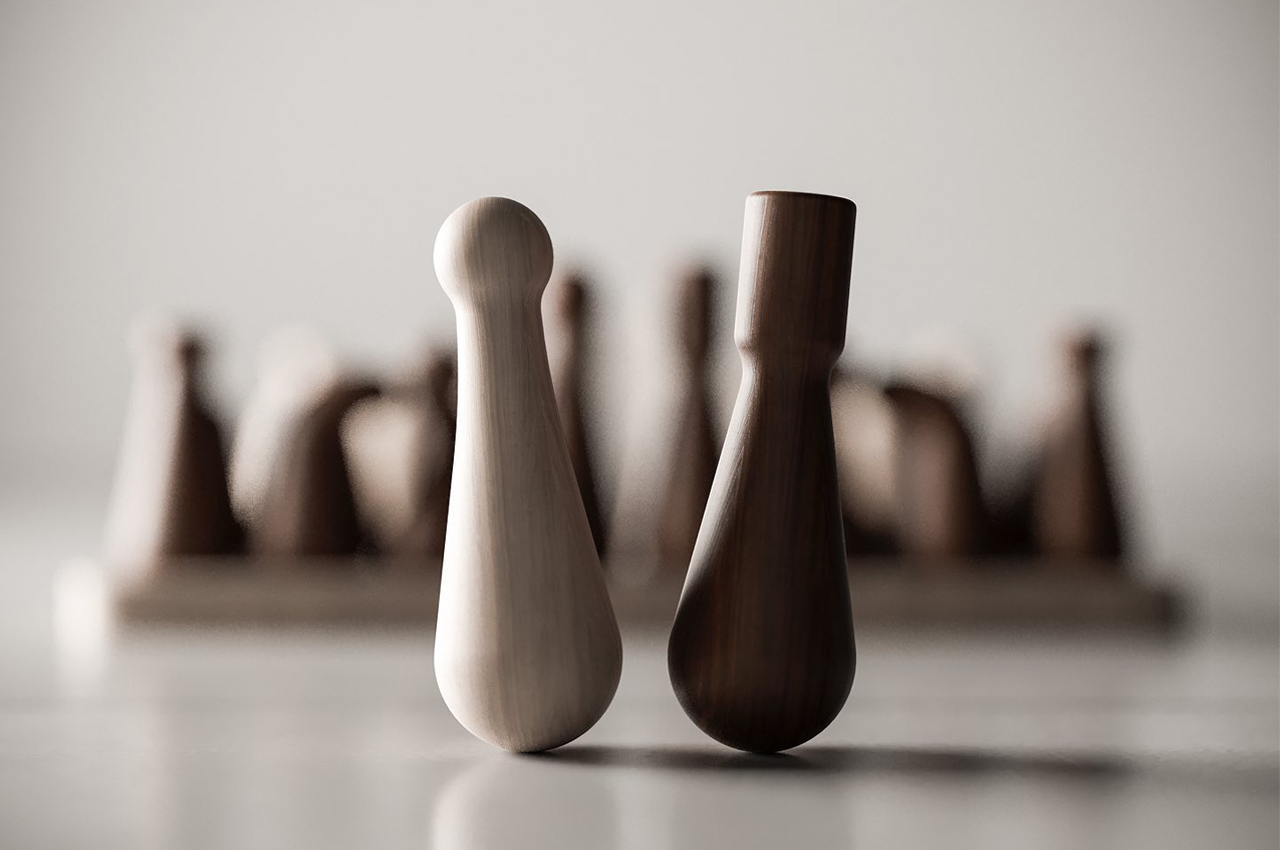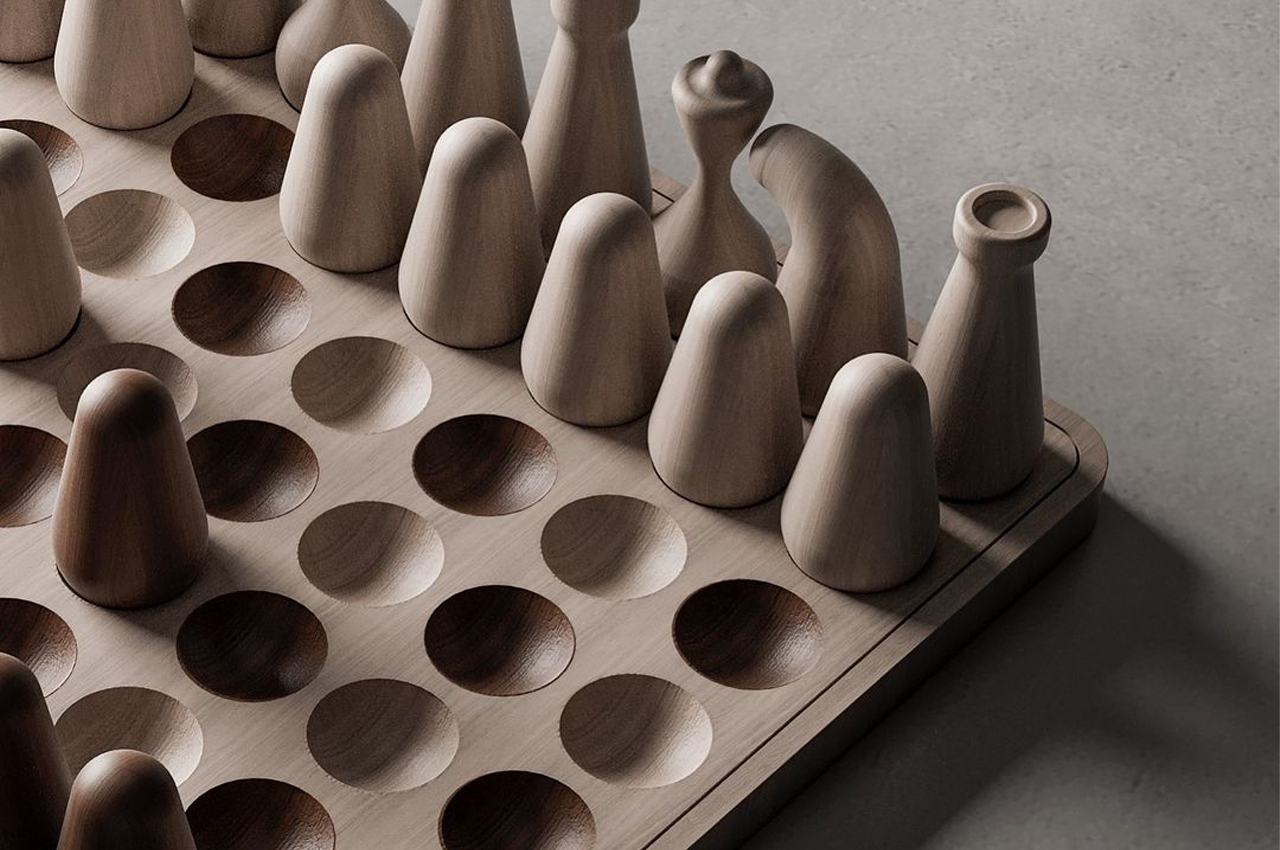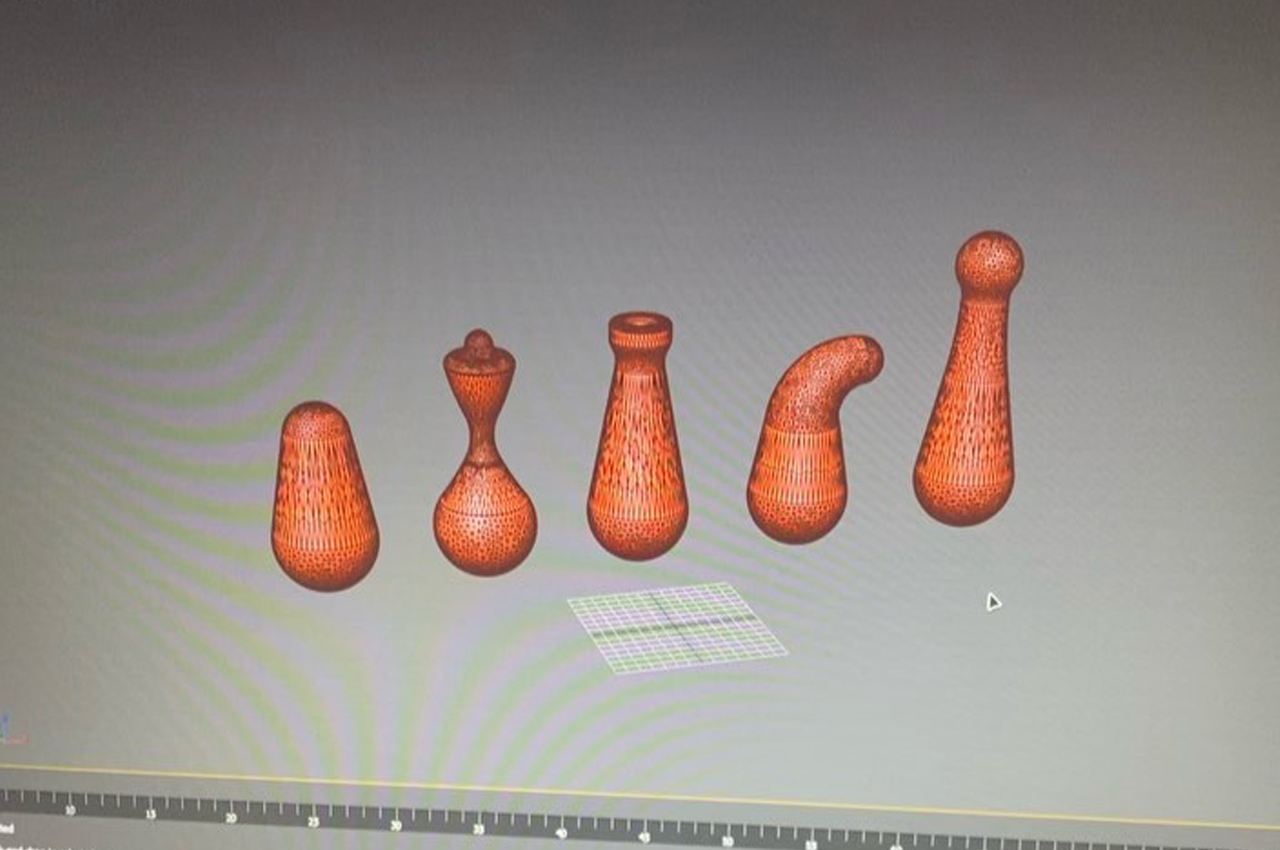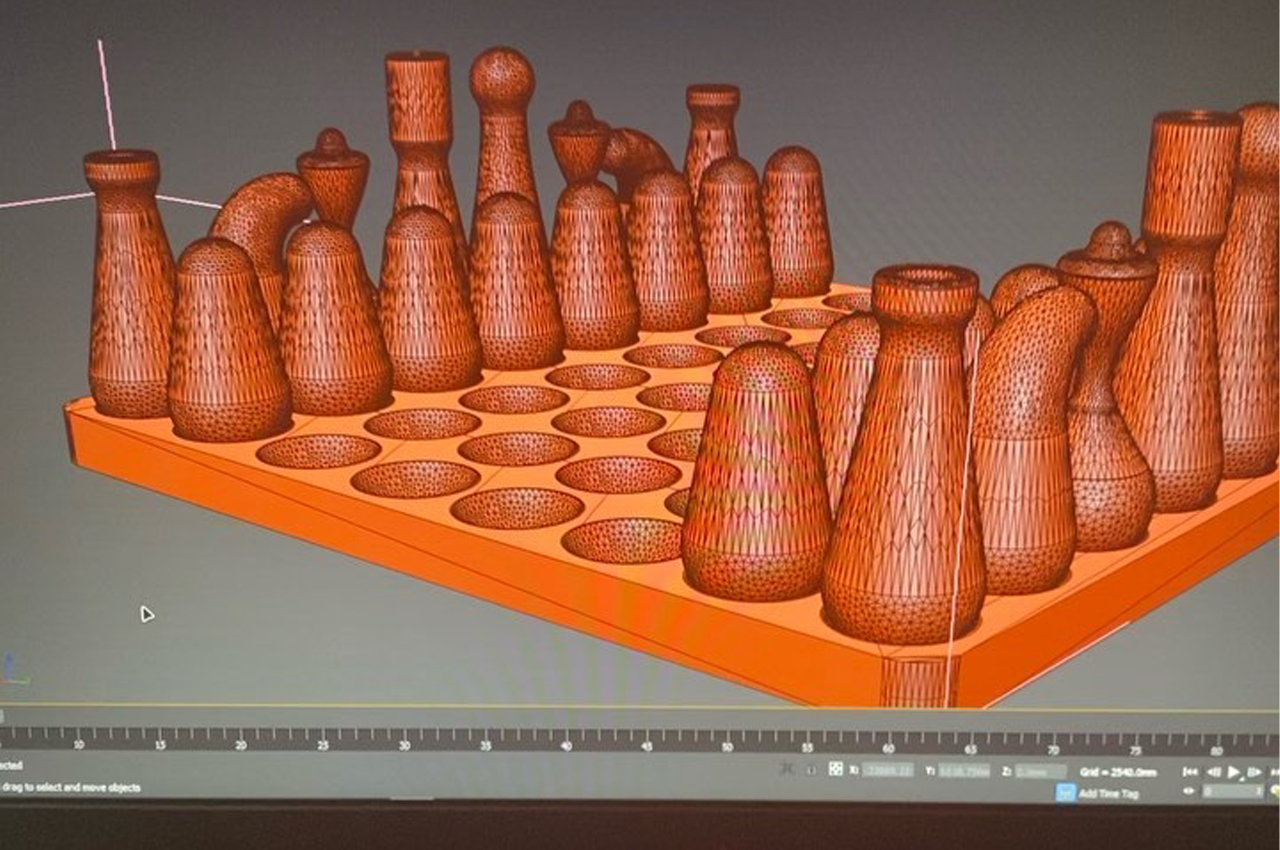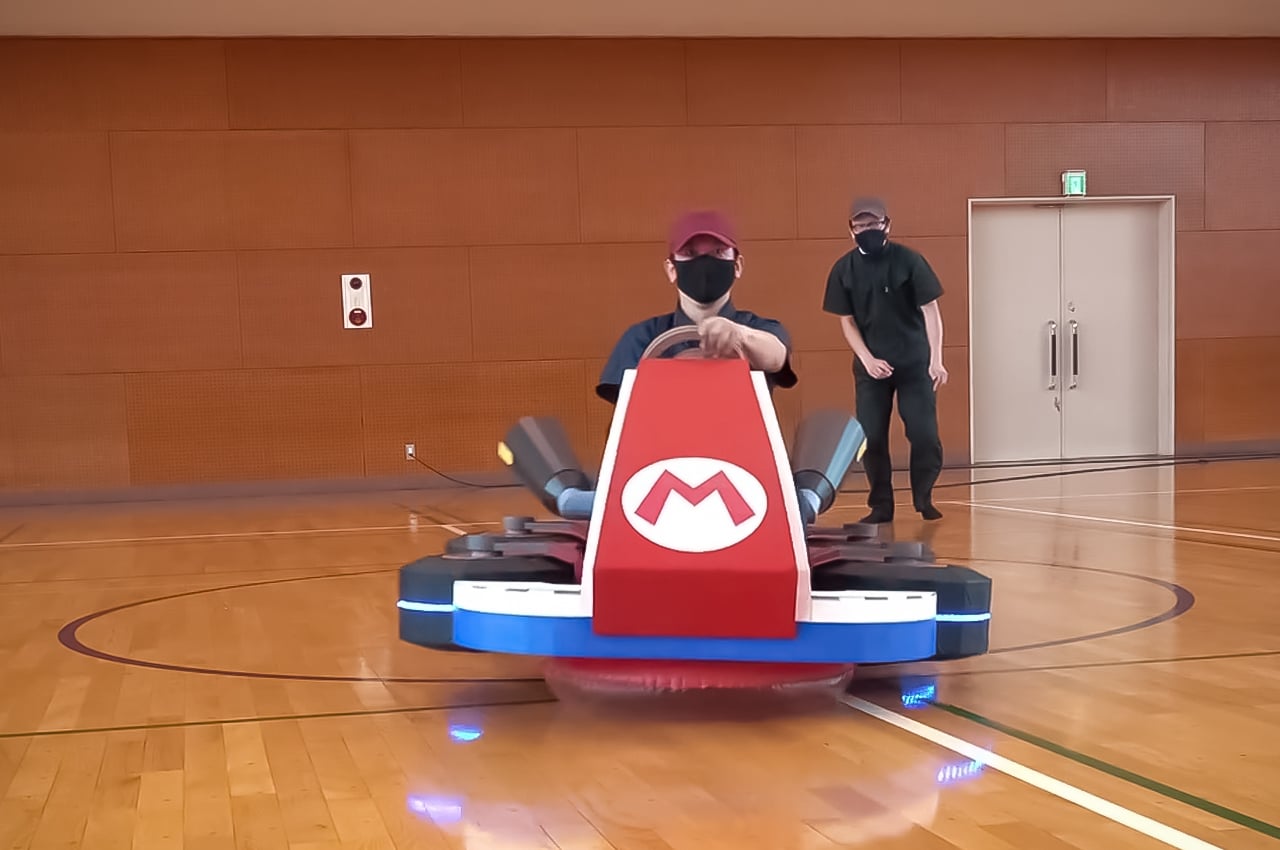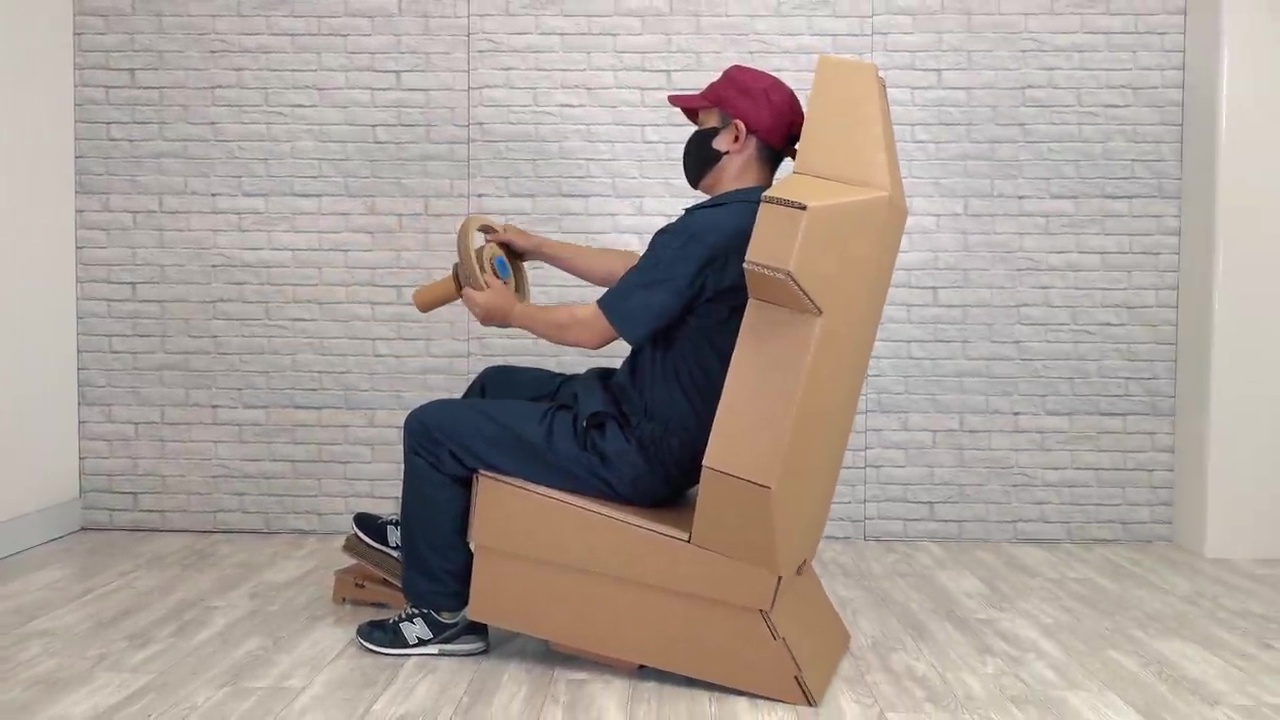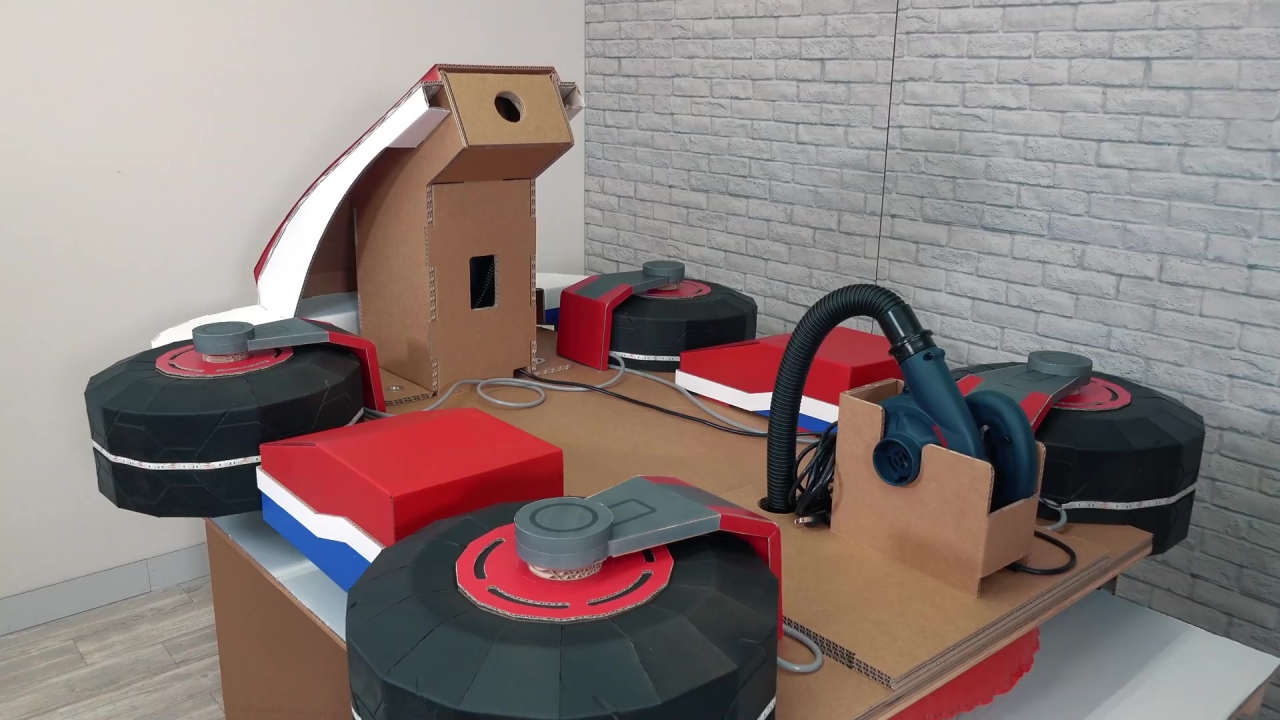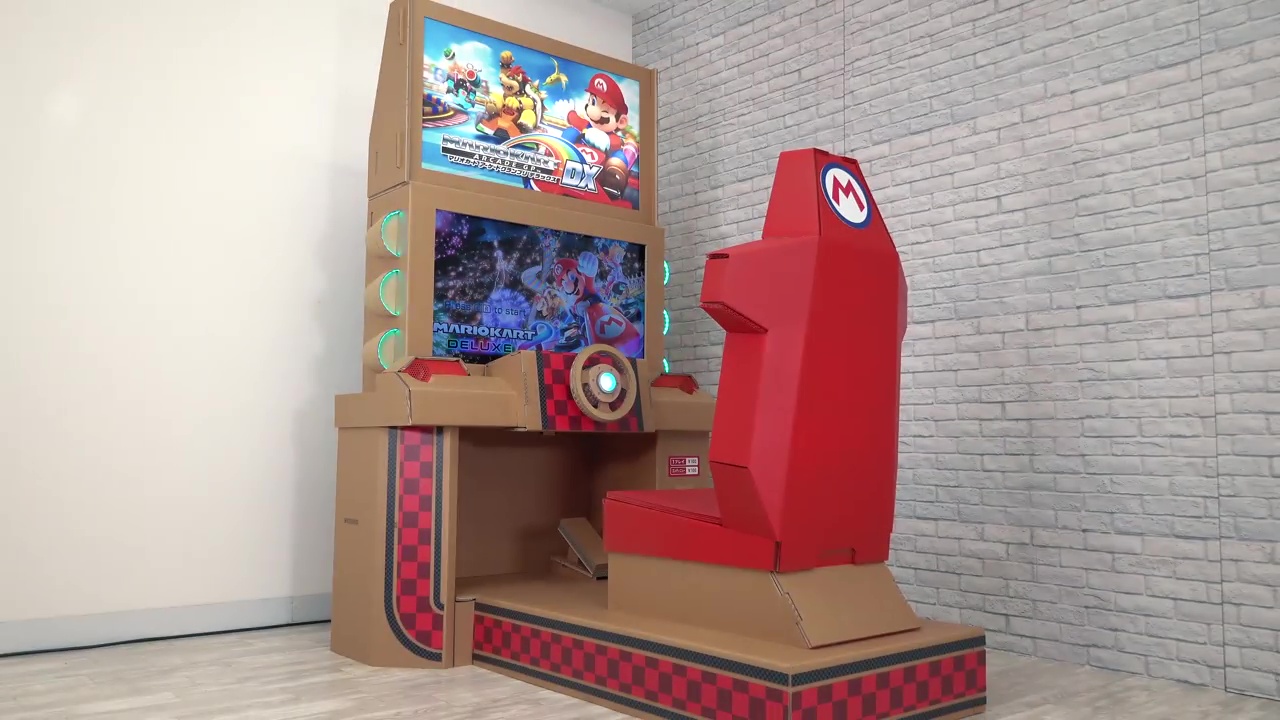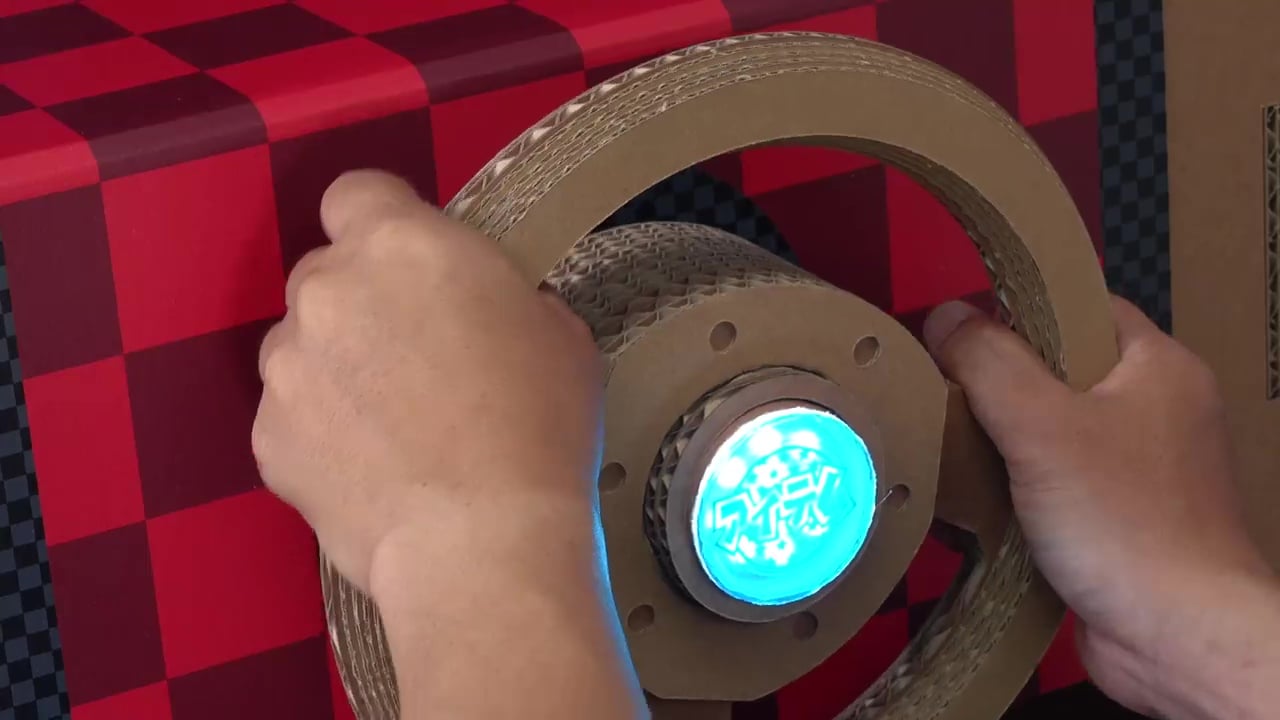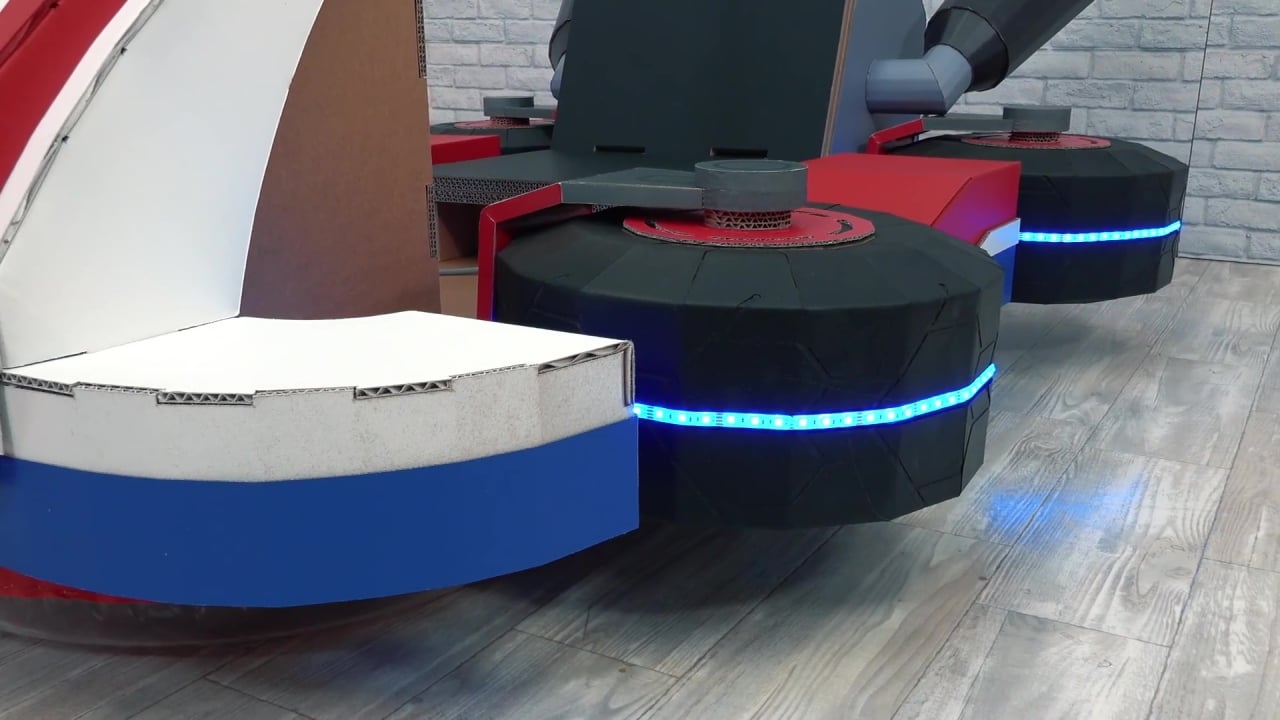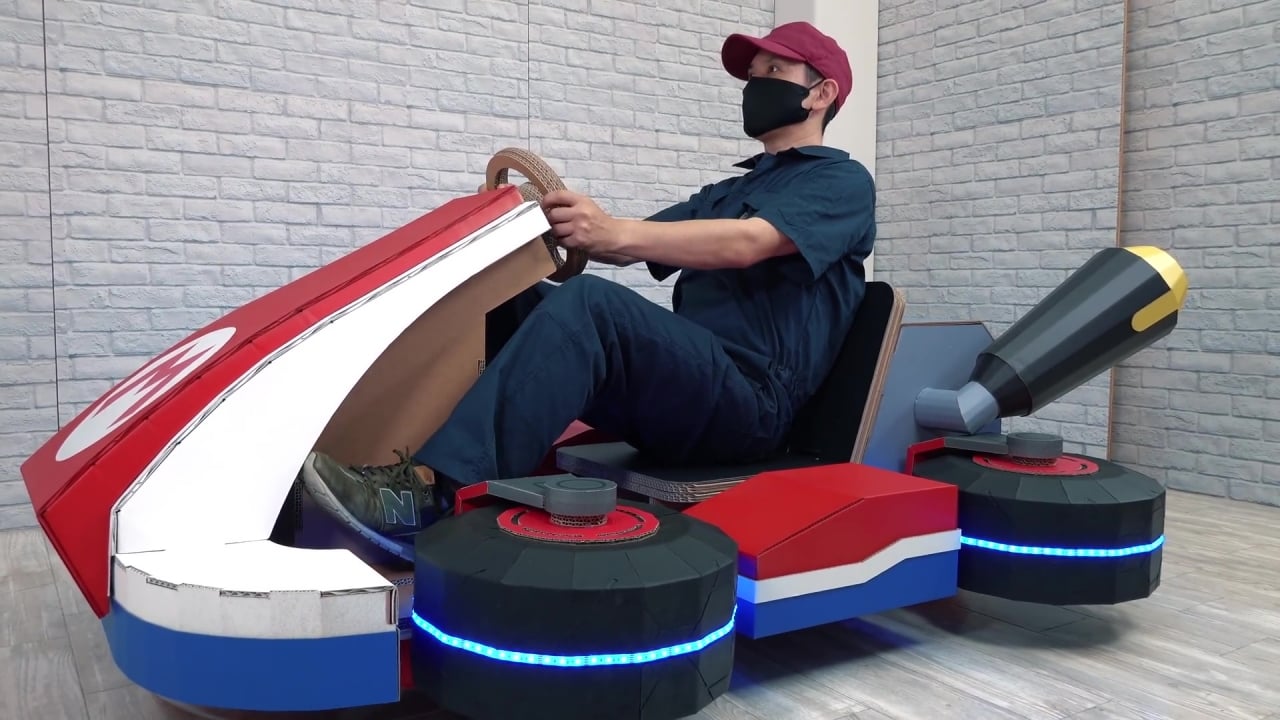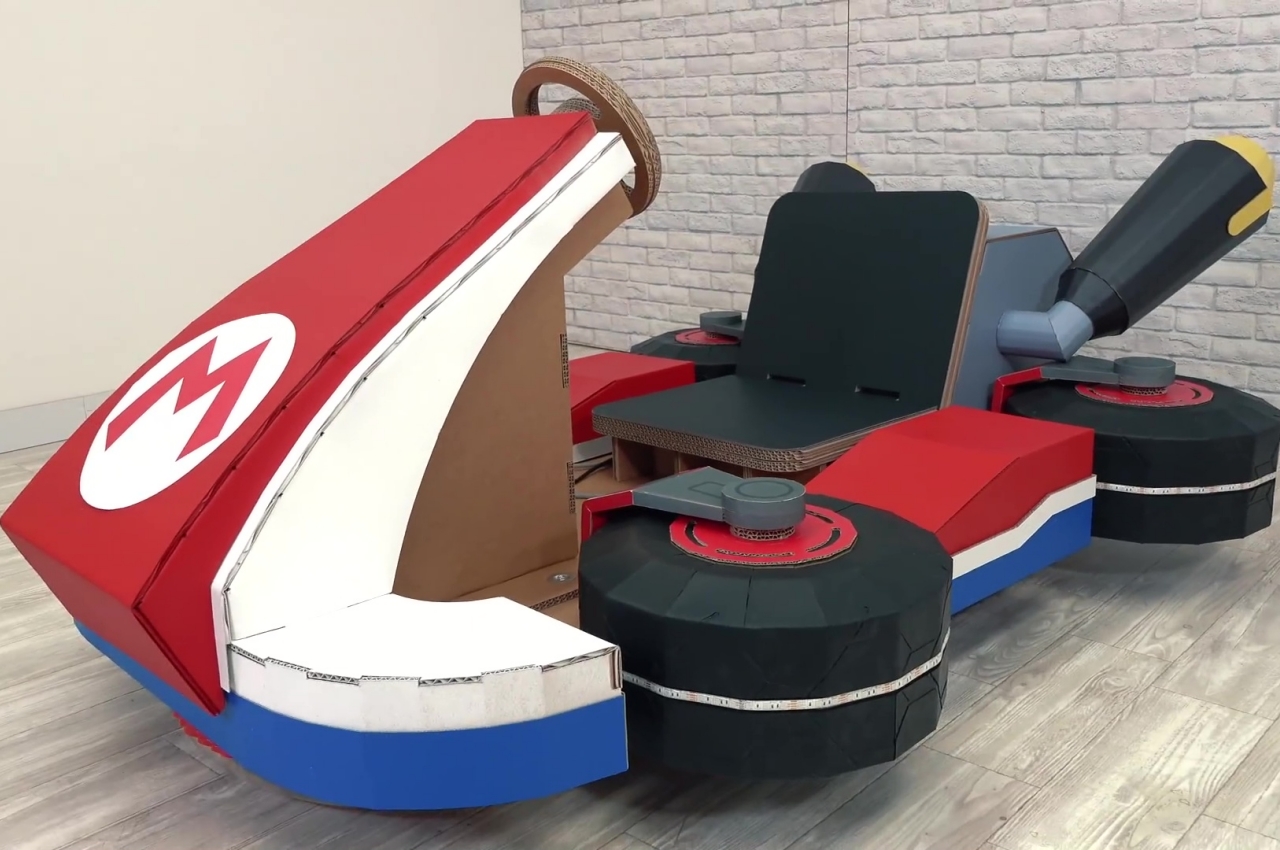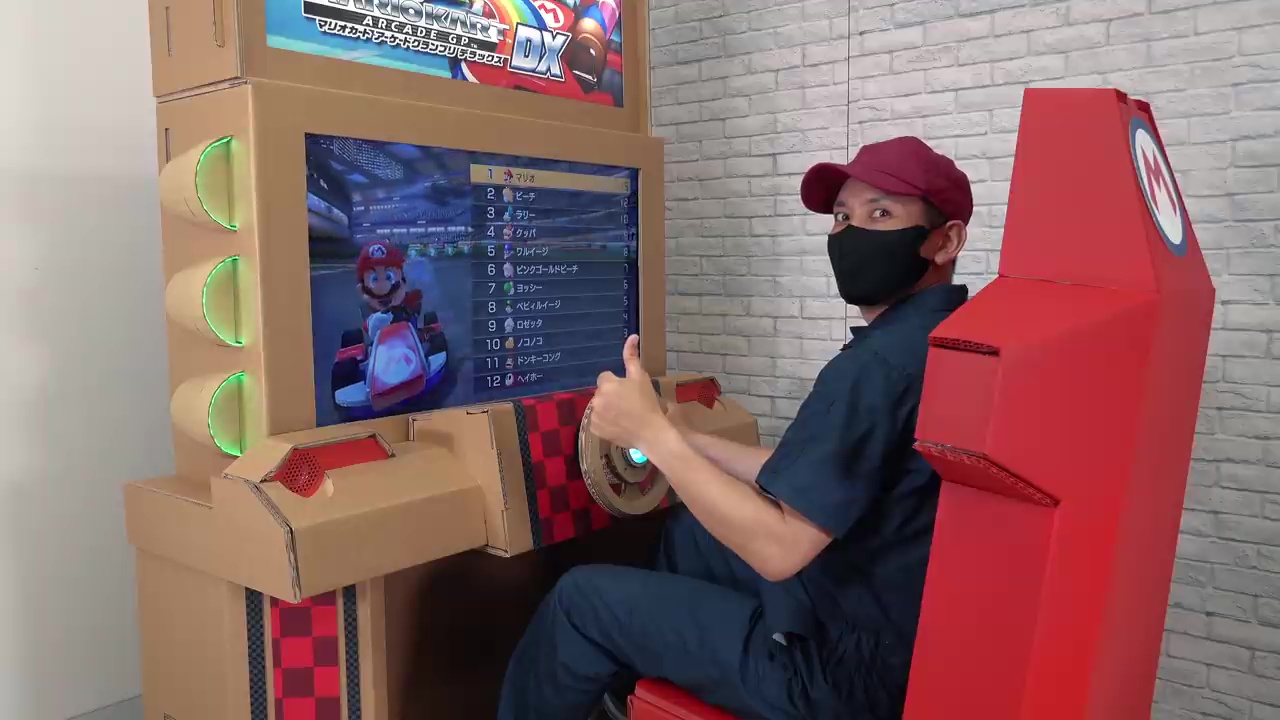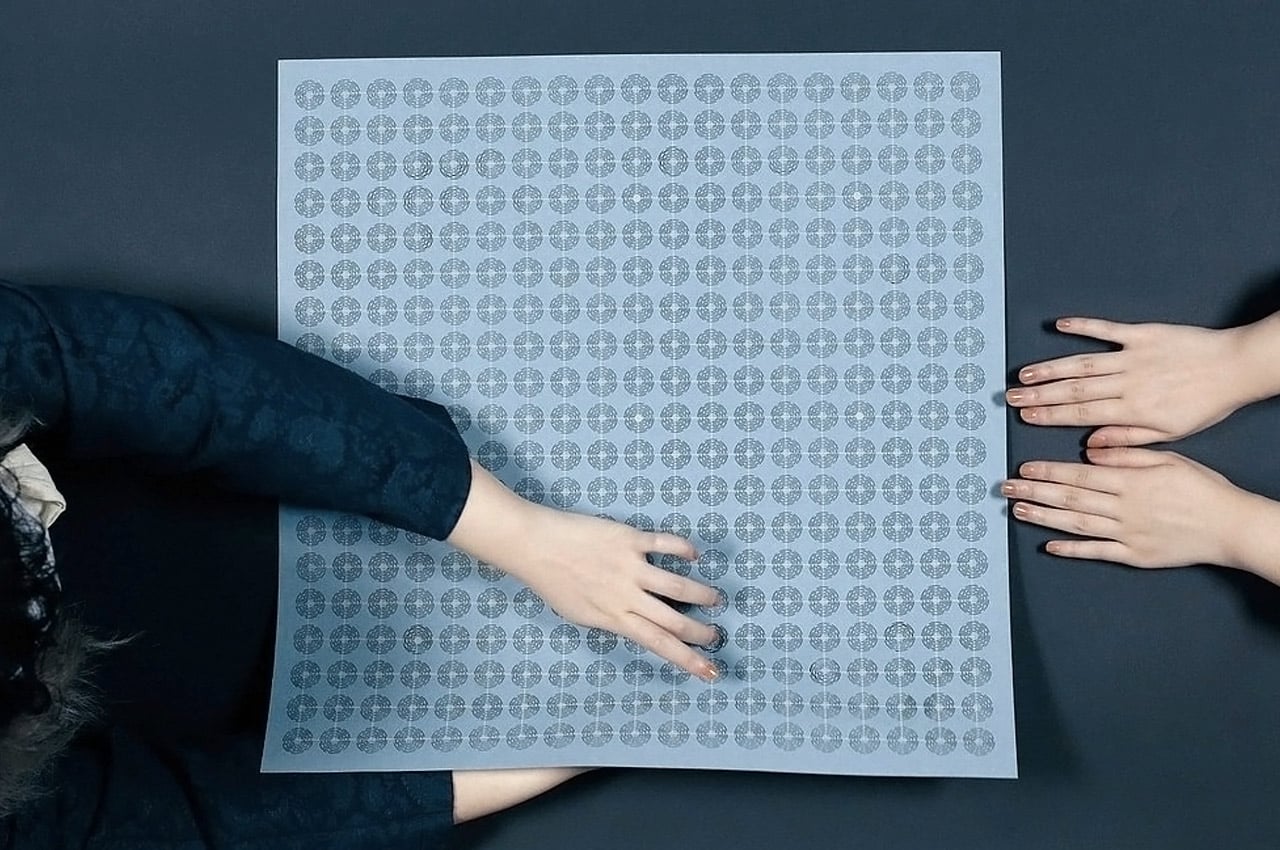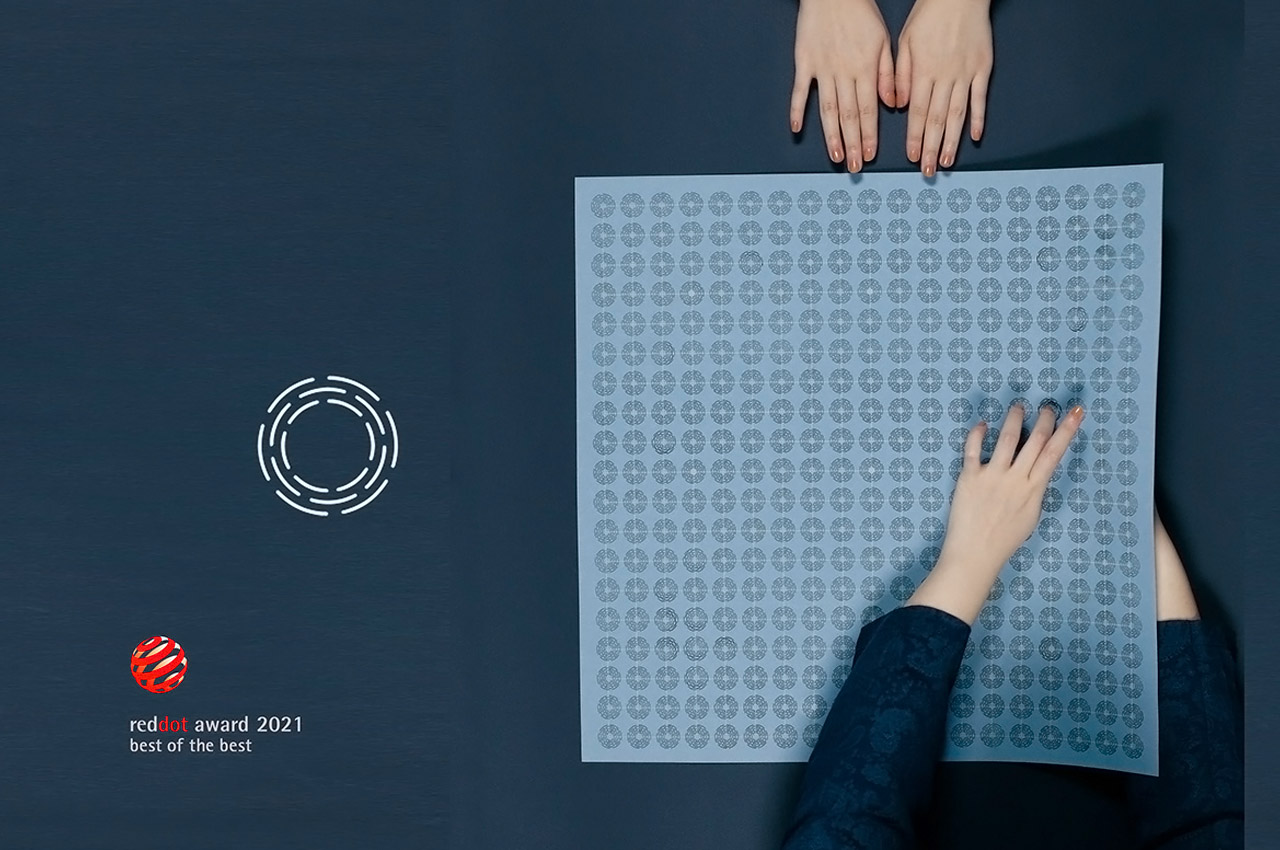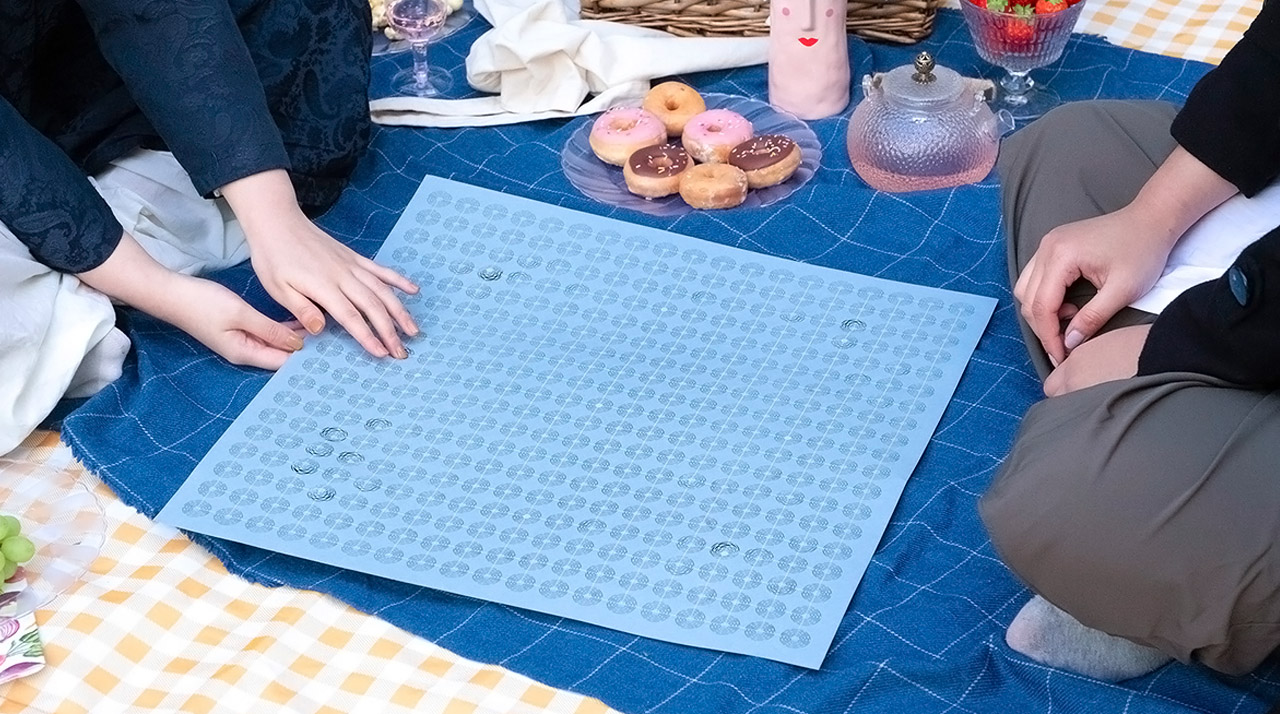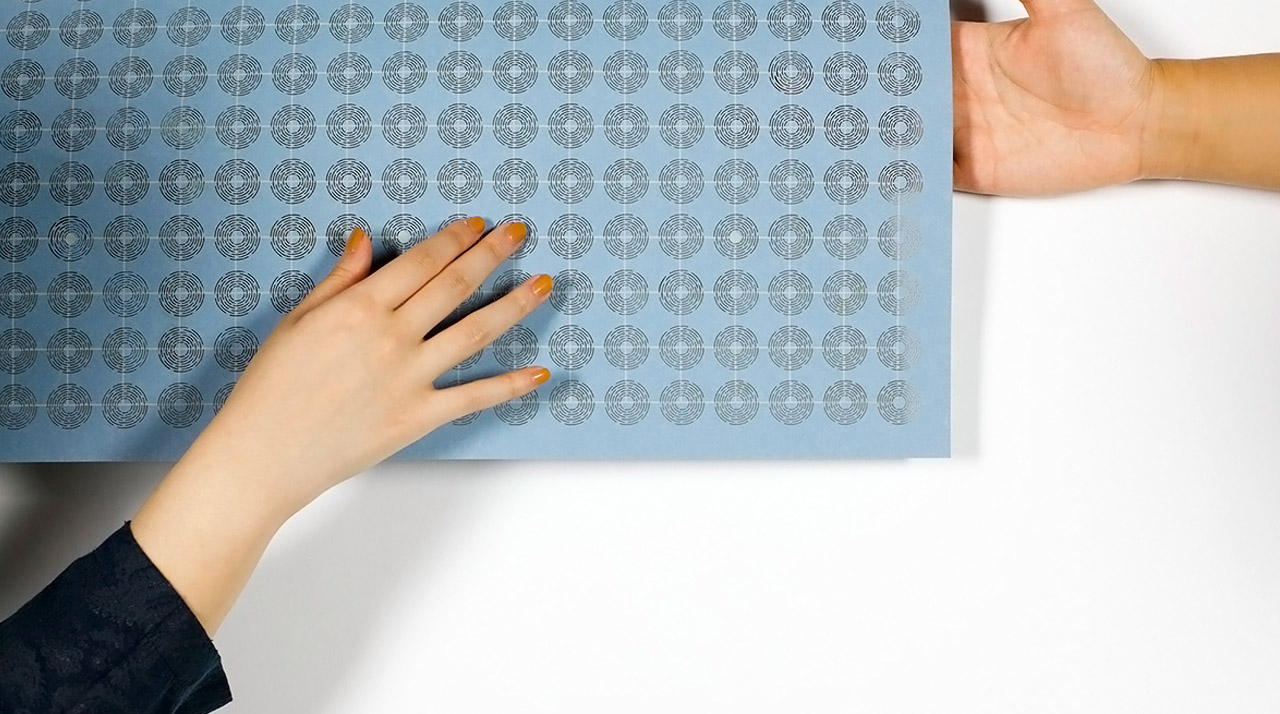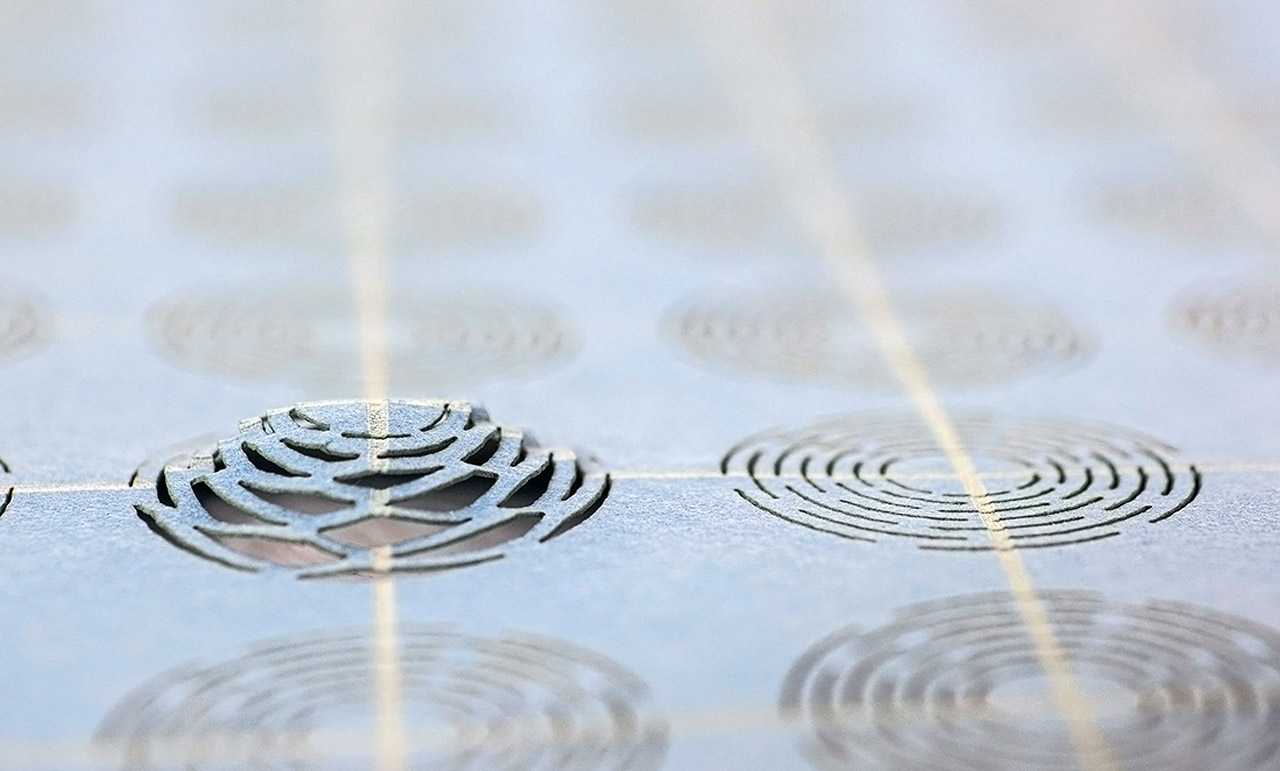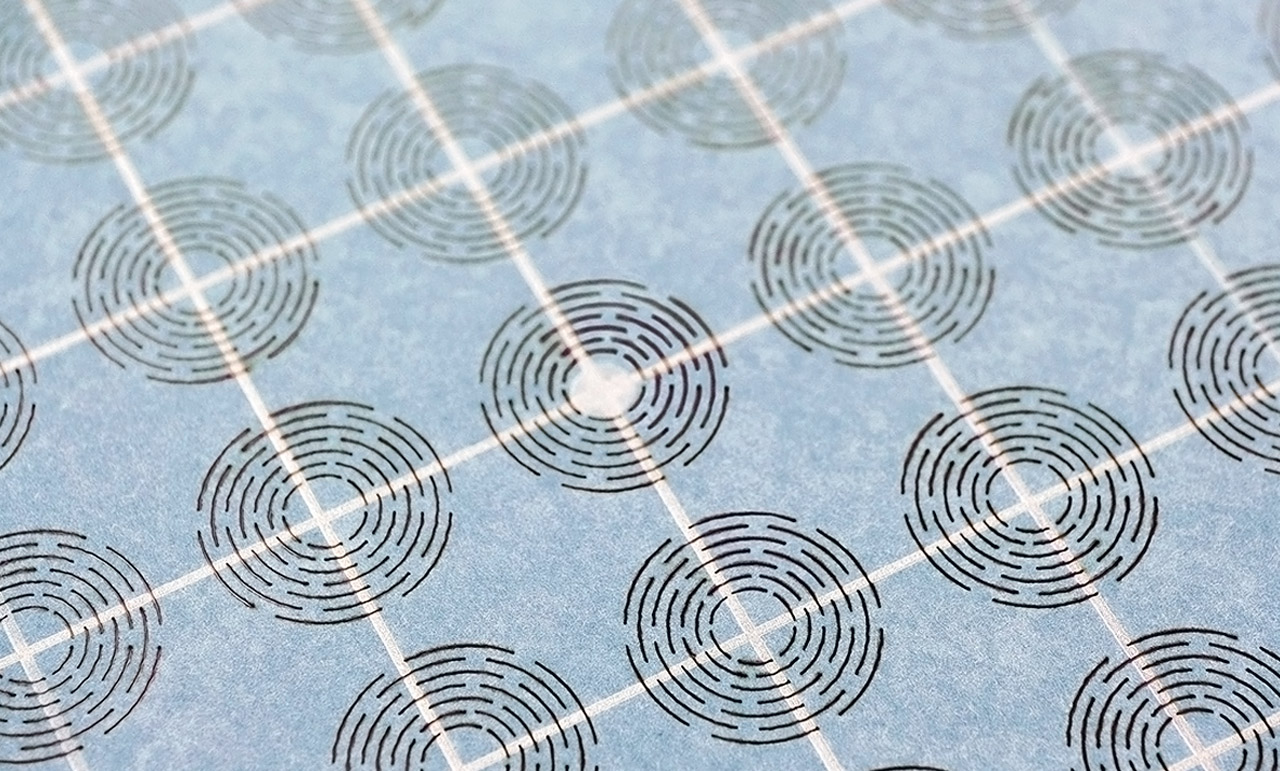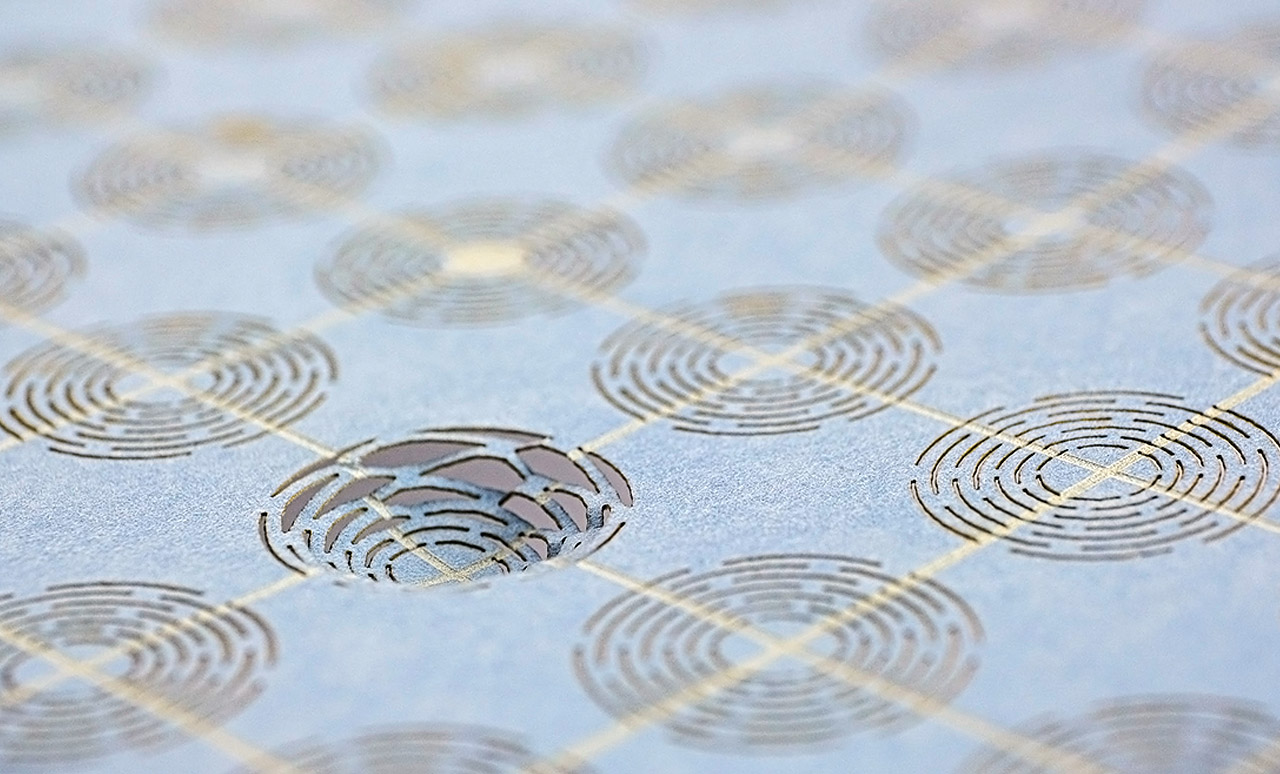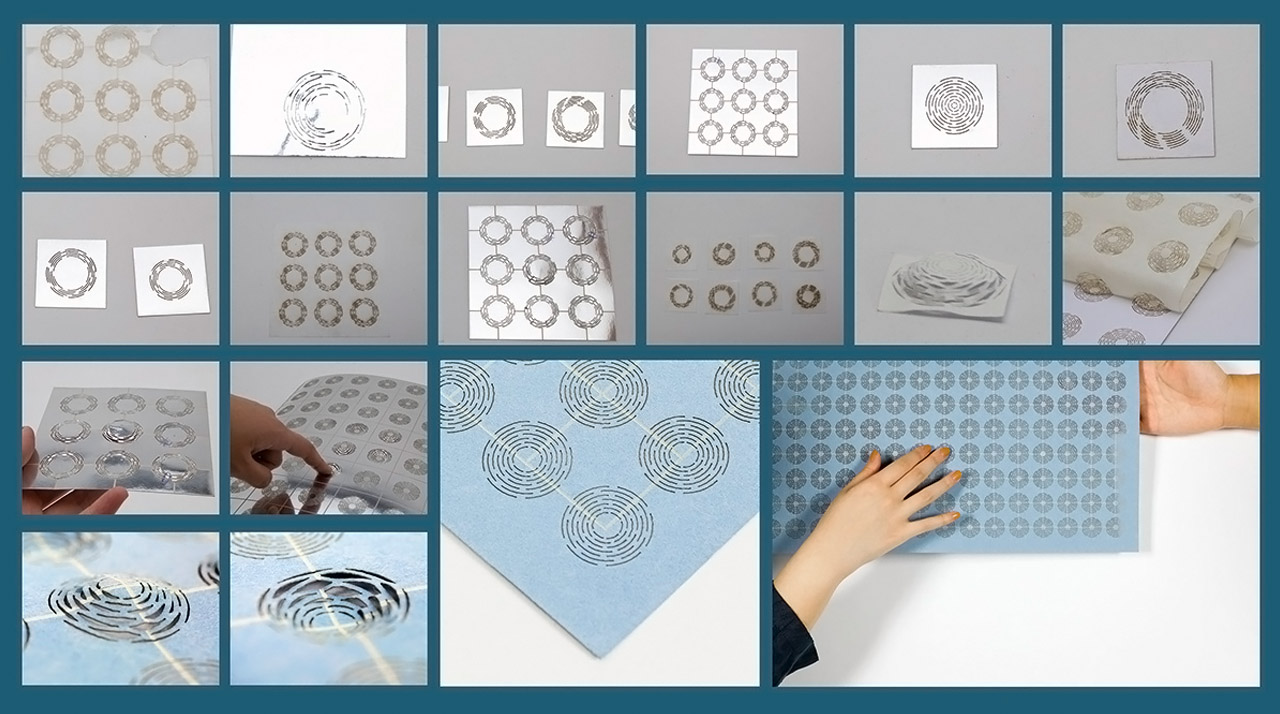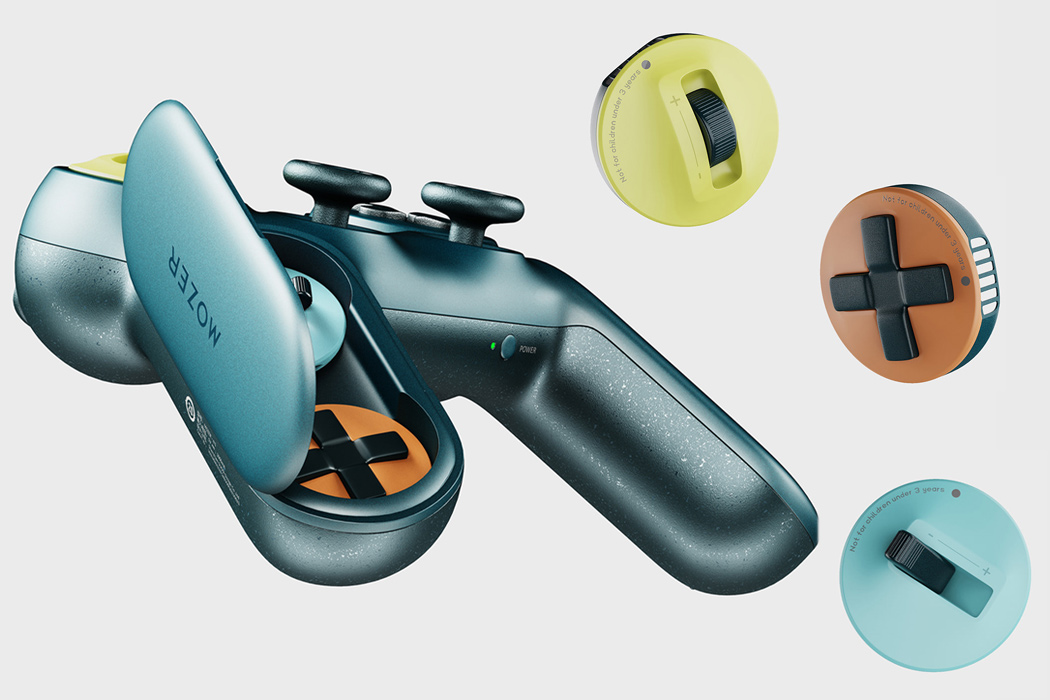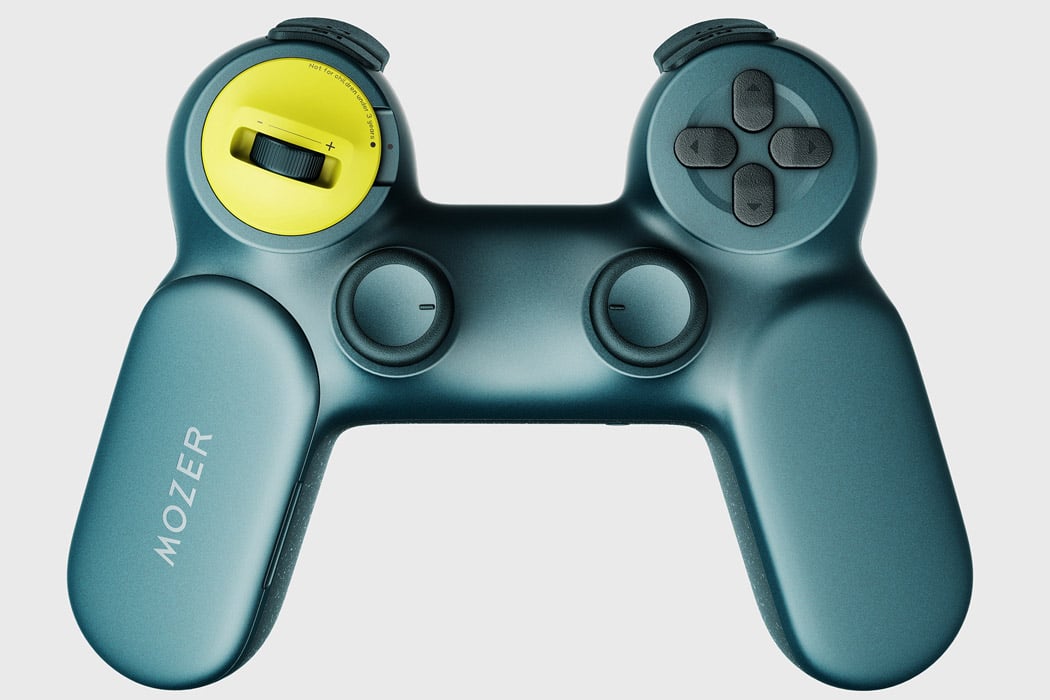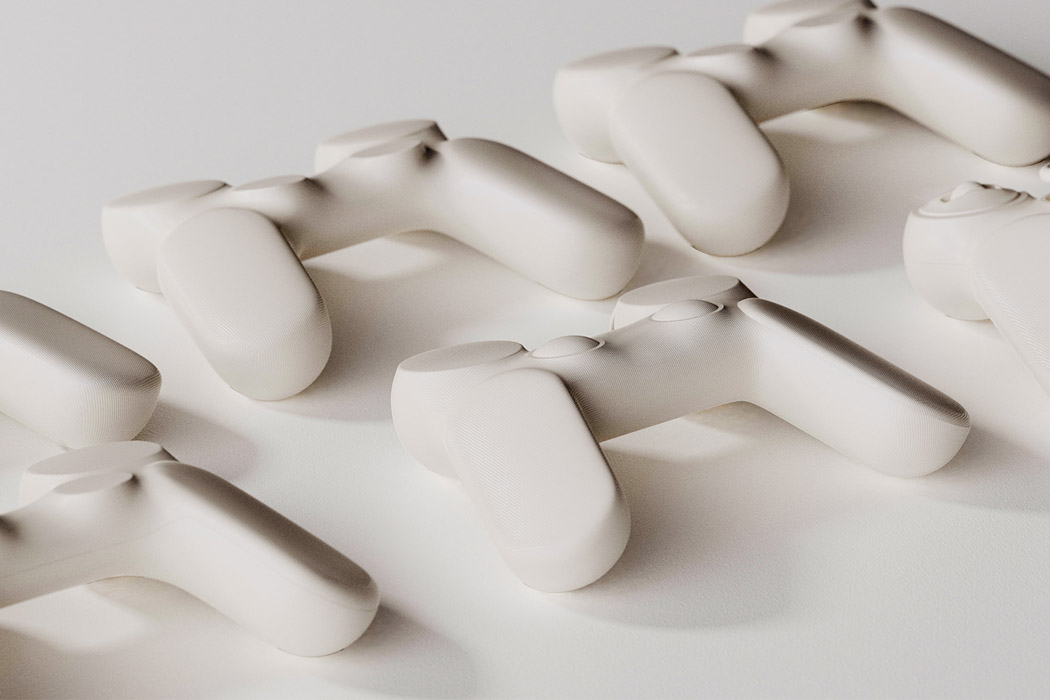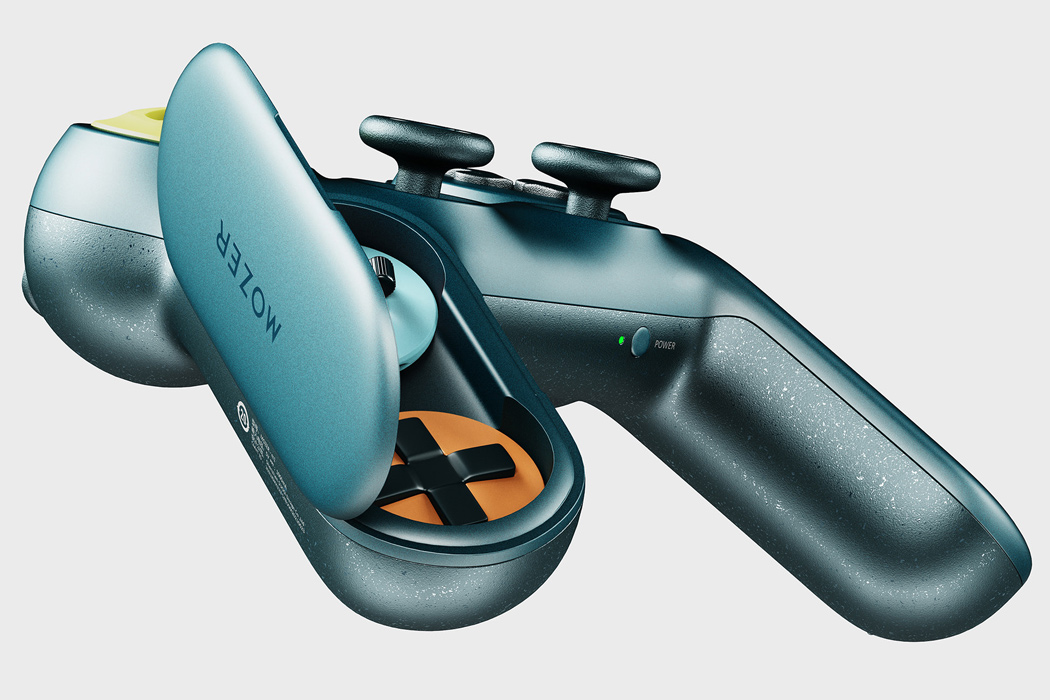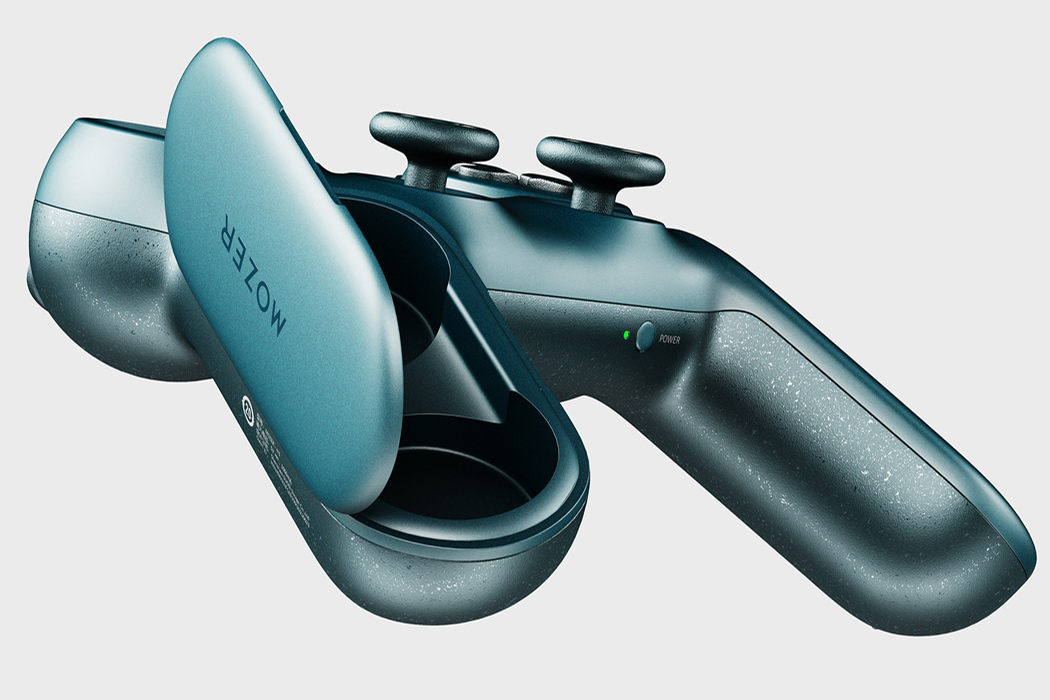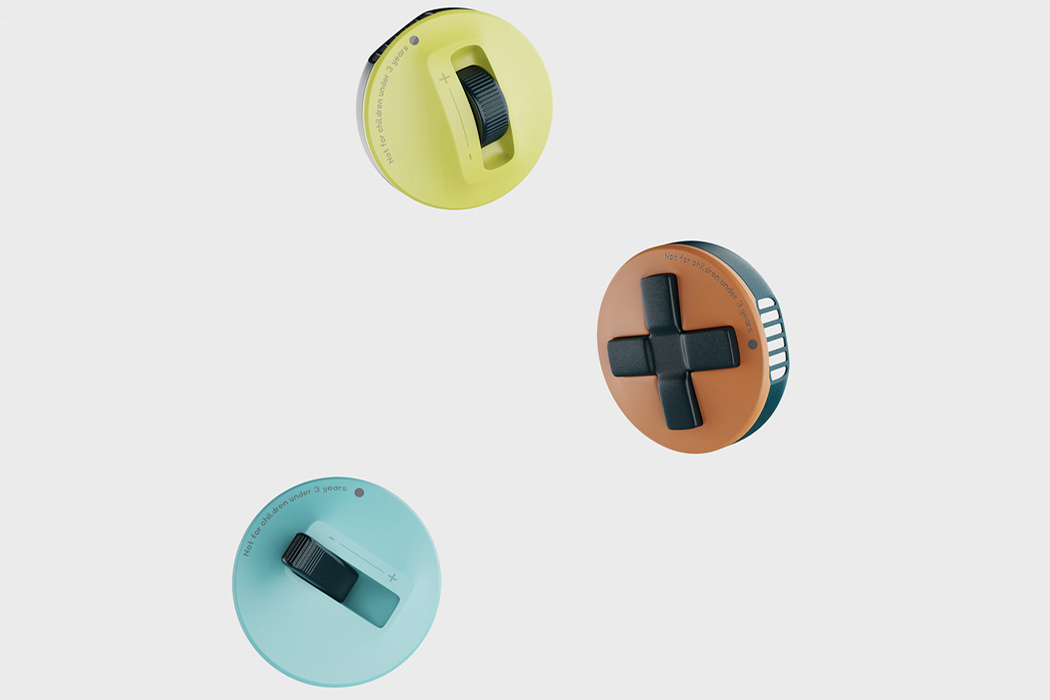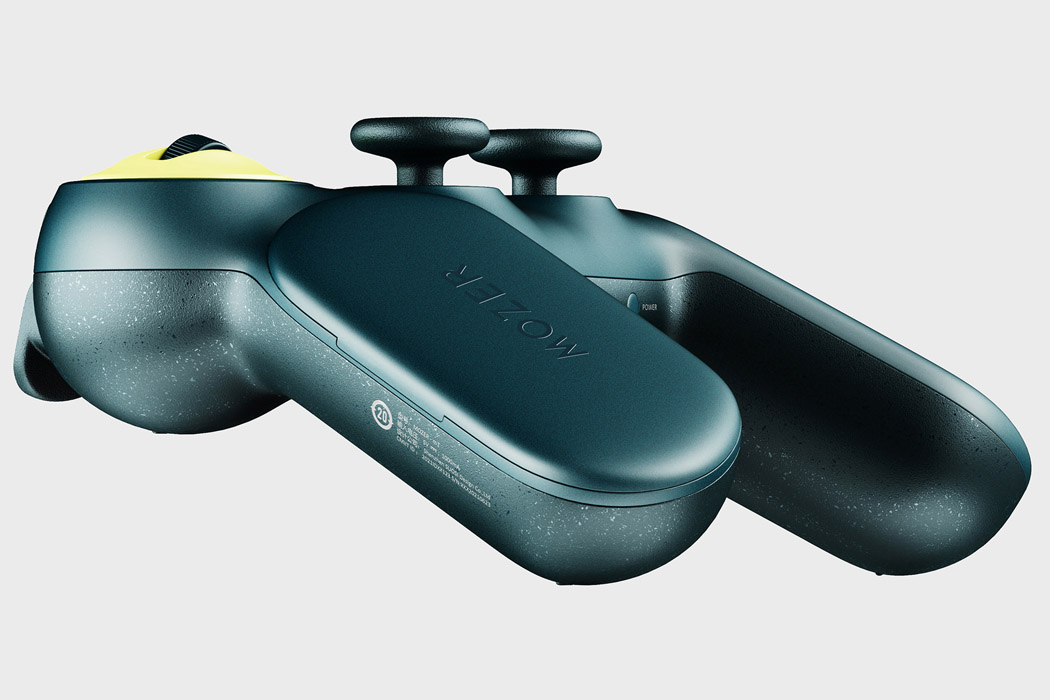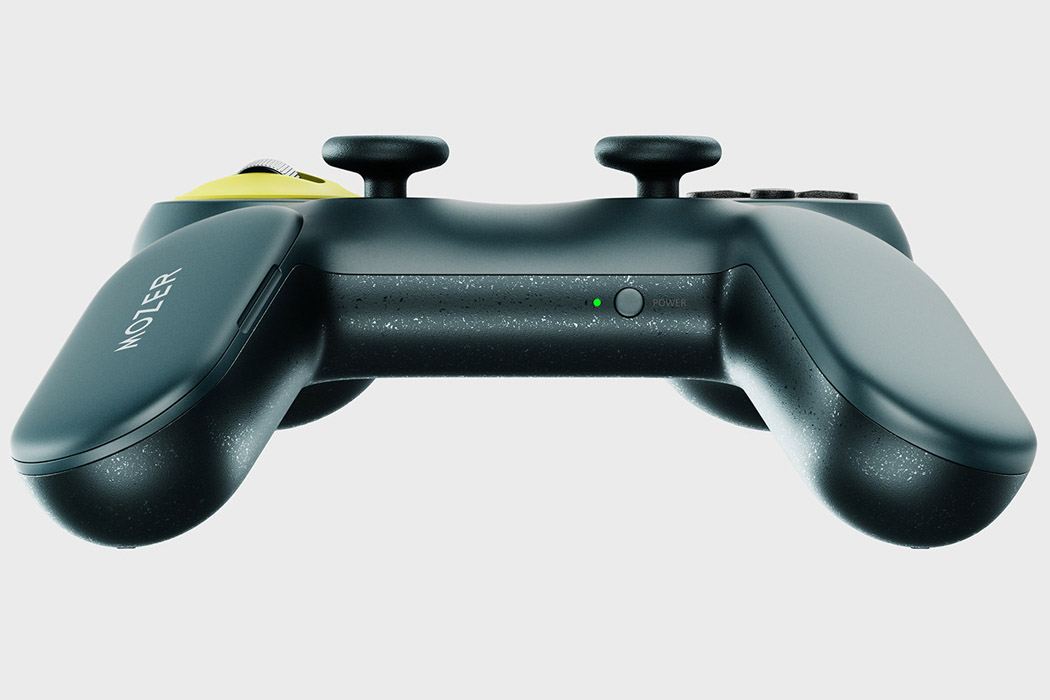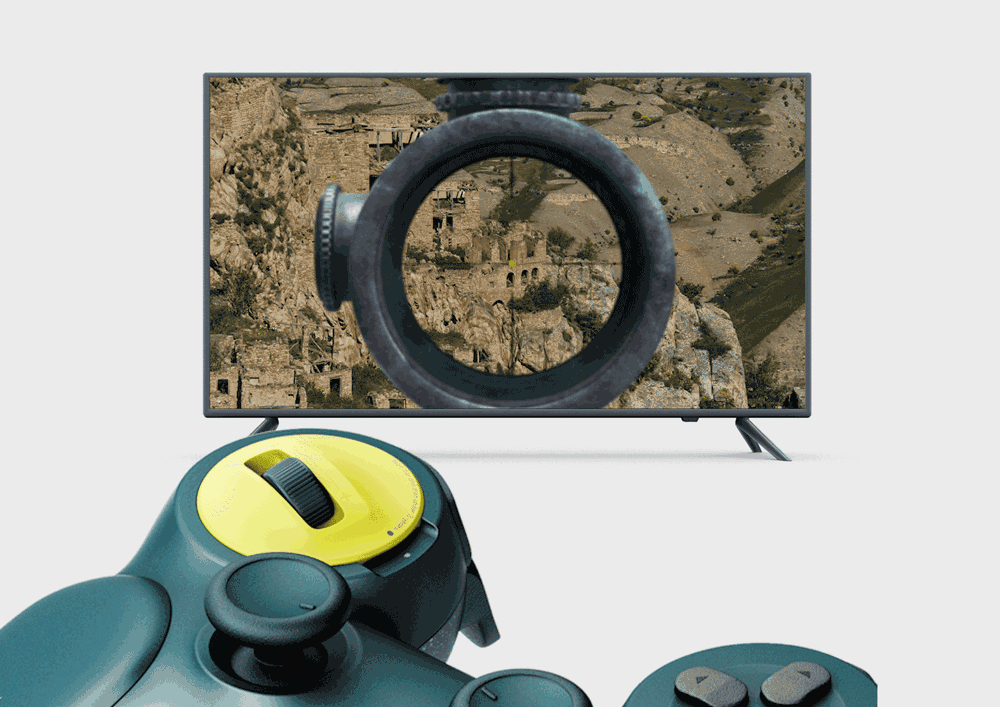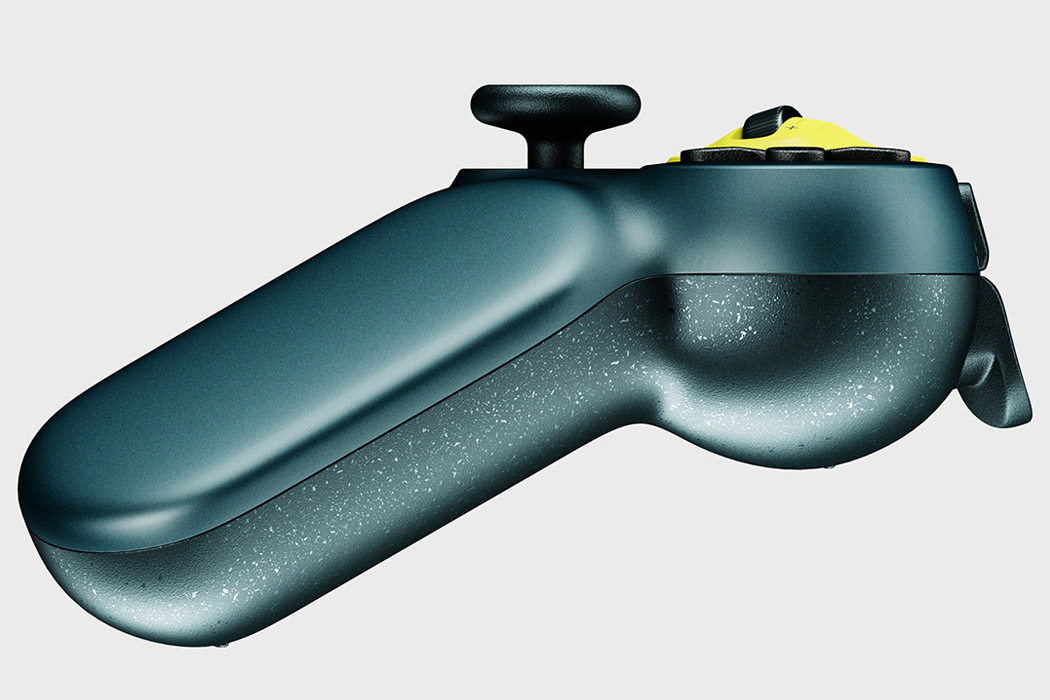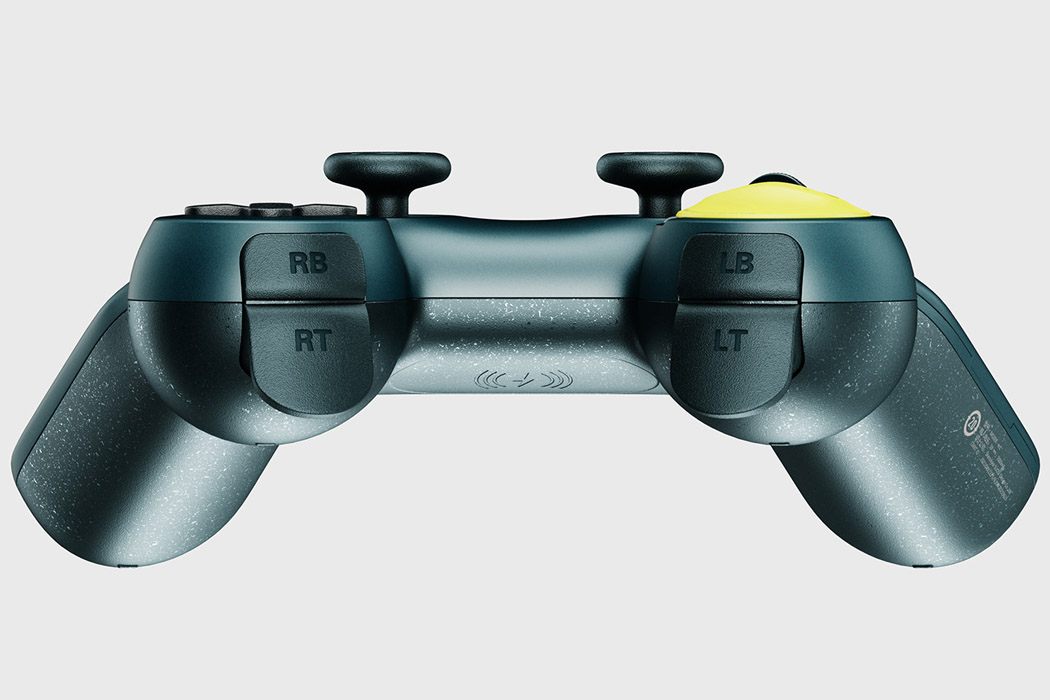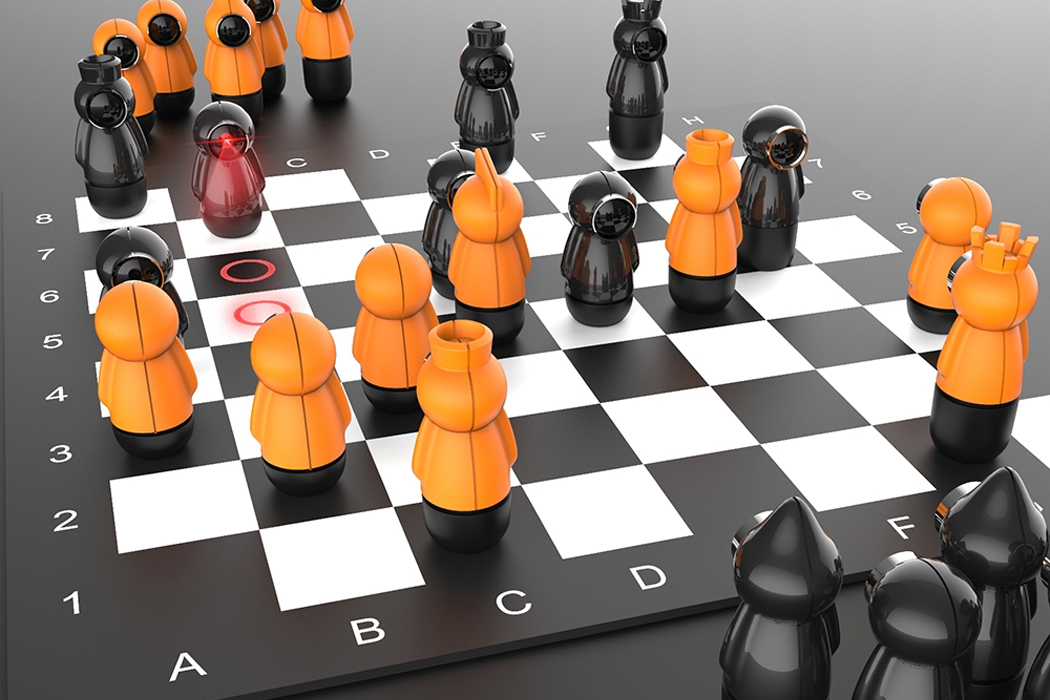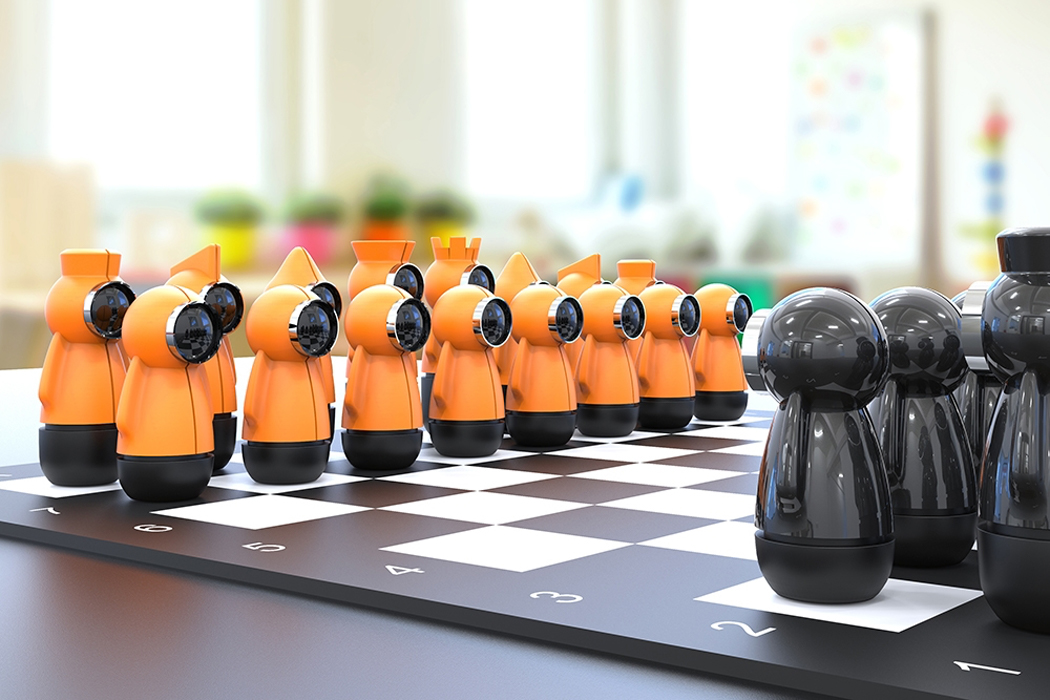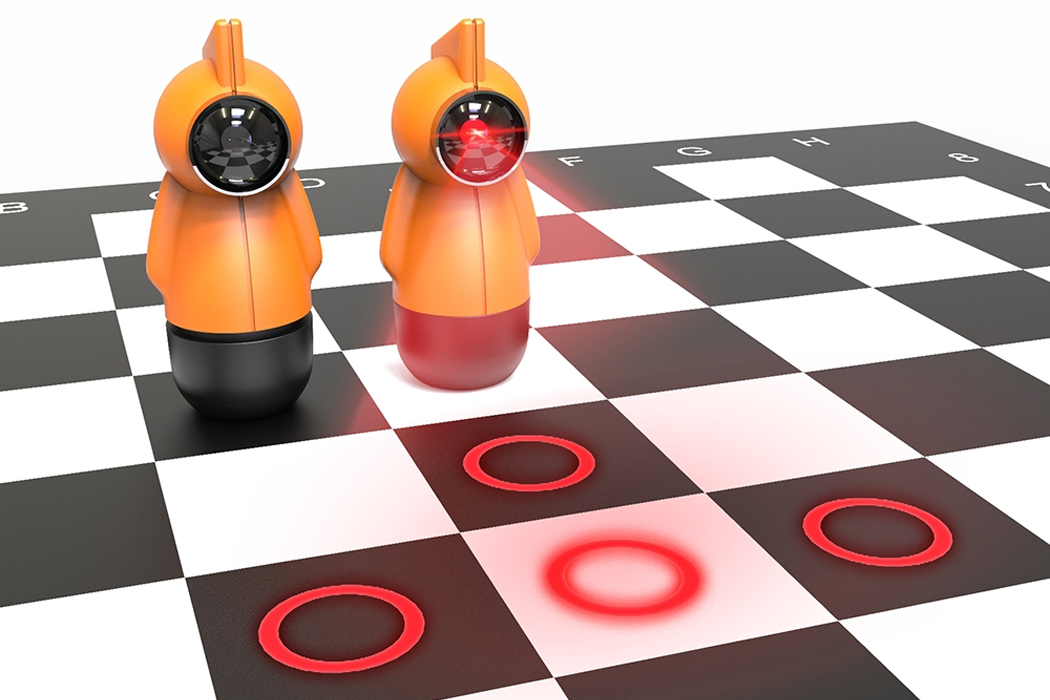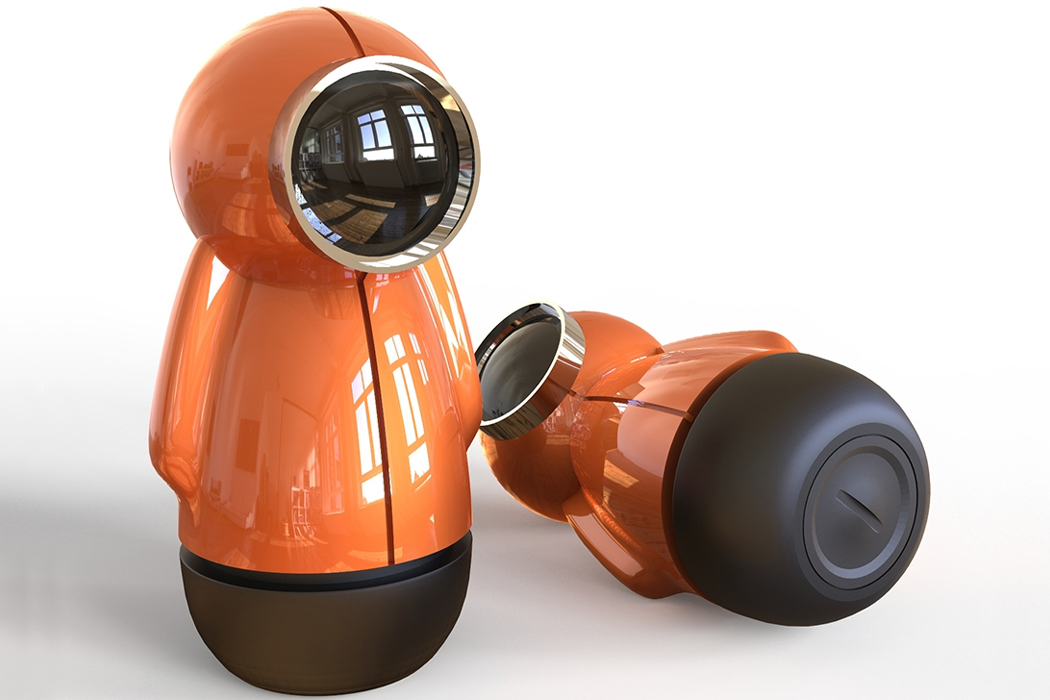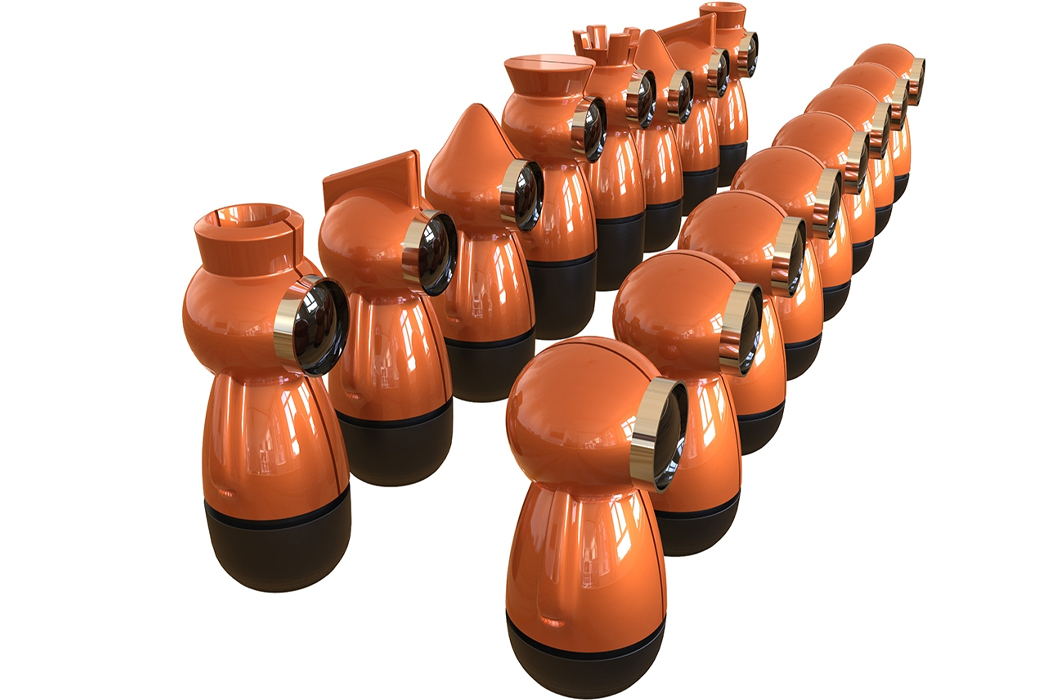
There is still an ongoing conversation (debate) amongst educators, parents, and psychologists on the amount of screen time that we should allow kids to have. Of course there’s a balance between screens and offline activities although that’s pretty hard to achieve. It’s also hard to wean this generation away from their devices but one way is to provide alternative activities for them at school and especially at home. And maybe, we can even get them to create their own alternatives.
Designer: Pupils from The Piggot School

The winner for this year’s Design Museum’s Design Ventura competition may be a fun alternative for children and adults alike. The Colour Countdown card game created by the pupils at The Piggot School was inspired by classic analog games Uno and I Spy. It can bring out the competitive spirit amongst players but also lets them interact with their surroundings instead of just focusing on various screens. This is an annual competition for students aged 13-16 to create something that will eventually be sold in the Design Museum.

Each card has a coloured cellophane window and can be combined with other cards to create different blends of colours. The players have to find things around their space which will match the card or cards that they’re holding. It can be played in any environment but of course since you’re dealing with colours, it is better played somewhere with a lot of colourful objects around. The cards are also eco-friendly as it uses FSC-certified paper and the cellophane is made from wood pulp.

The next step for the Colour Countdown is that it will be developed by the students with a professional agency. It will eventually be manufactured and then sold at the Design Museum Shop so you actually have the chance to own and play this game. Who says only kids need to be weaned away from their screens?

The post Card game helps kids learn about colours and be offline first appeared on Yanko Design.
